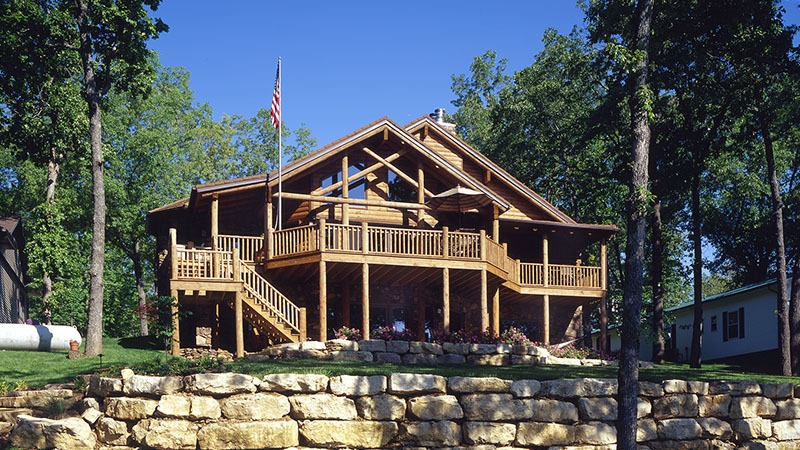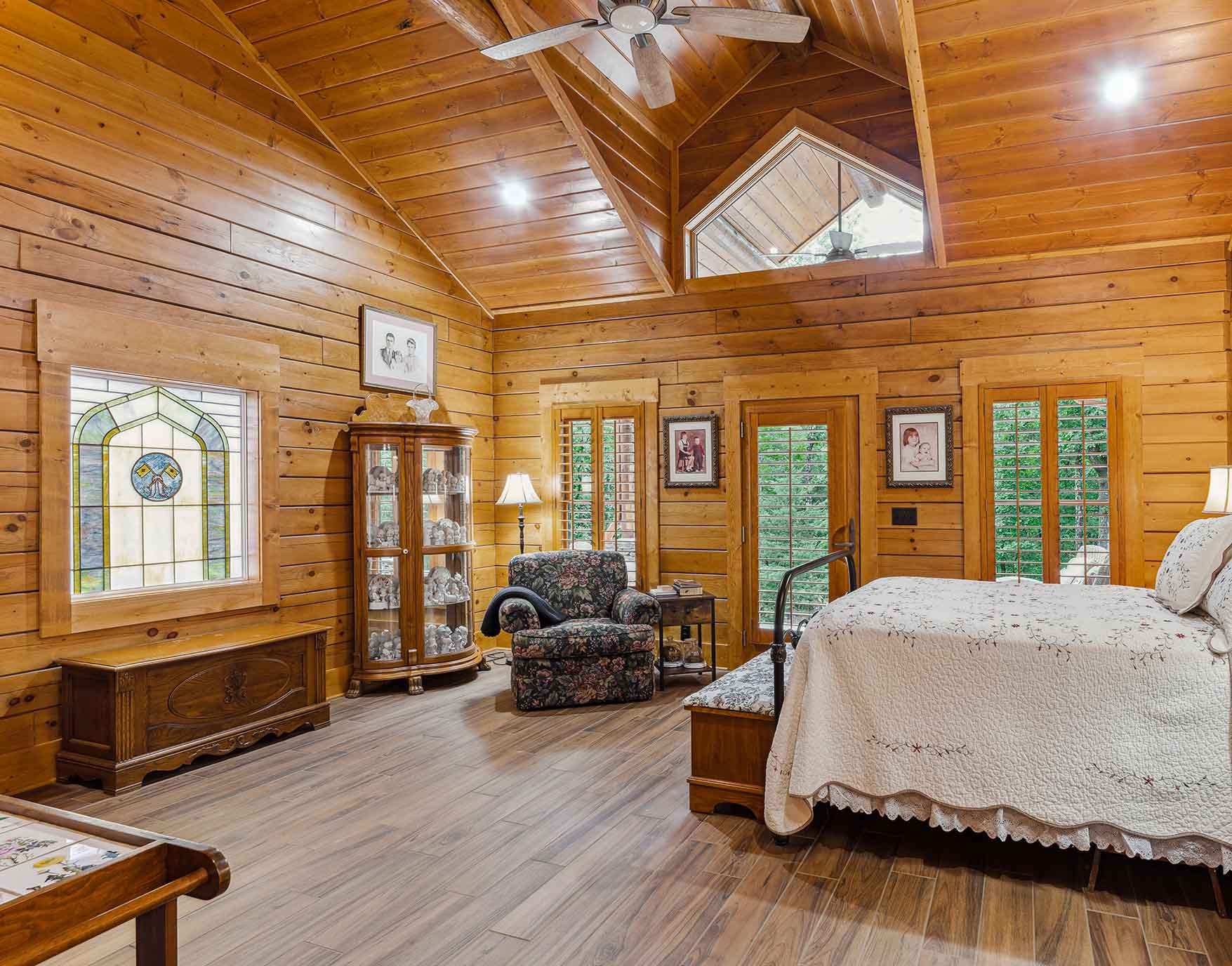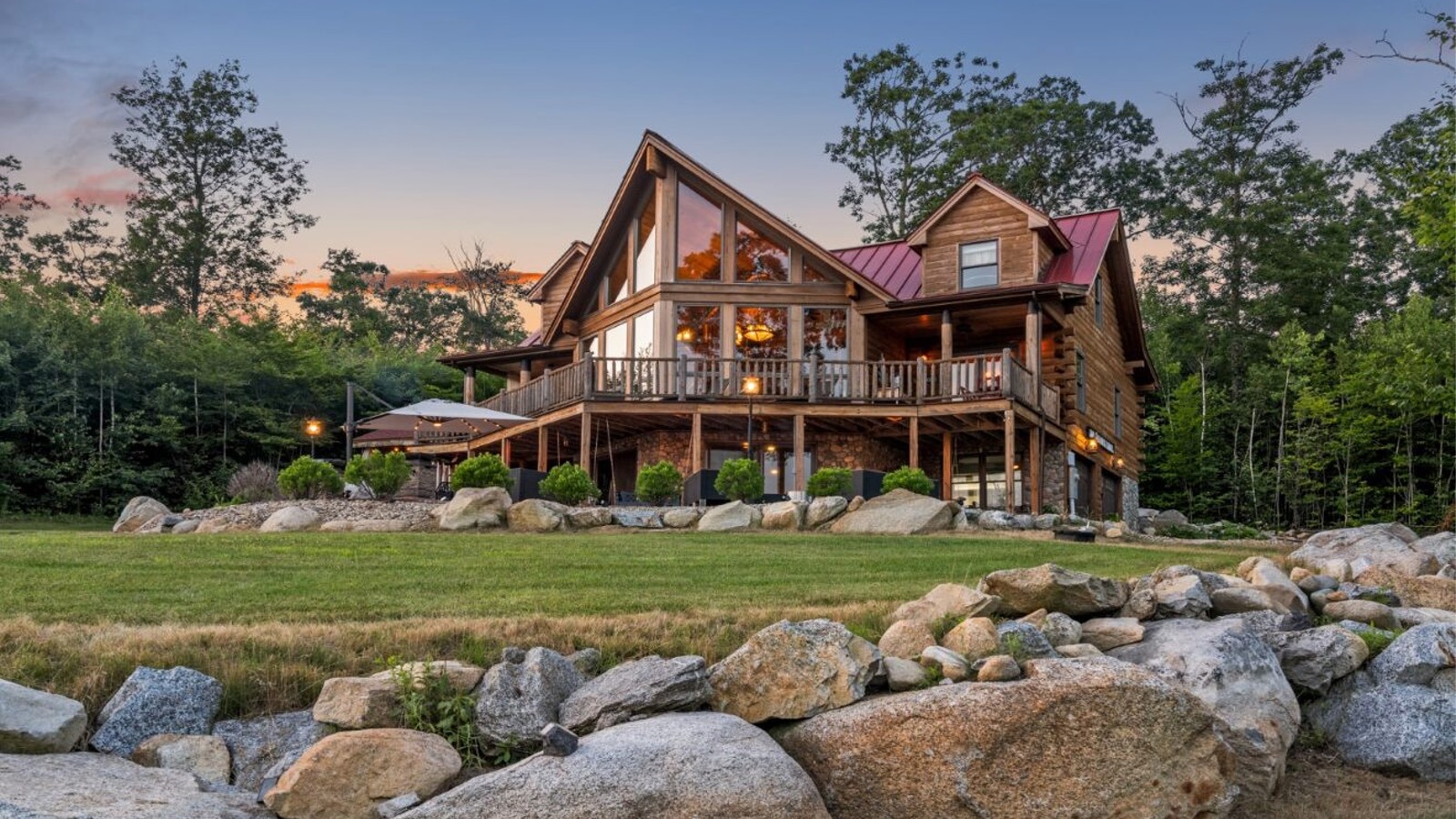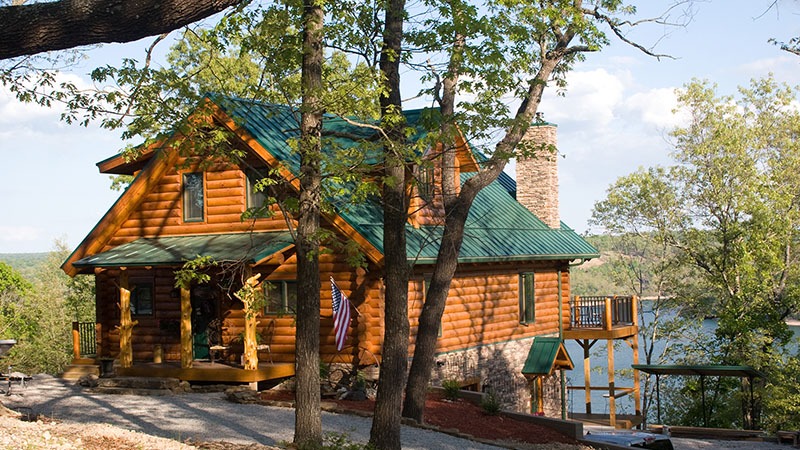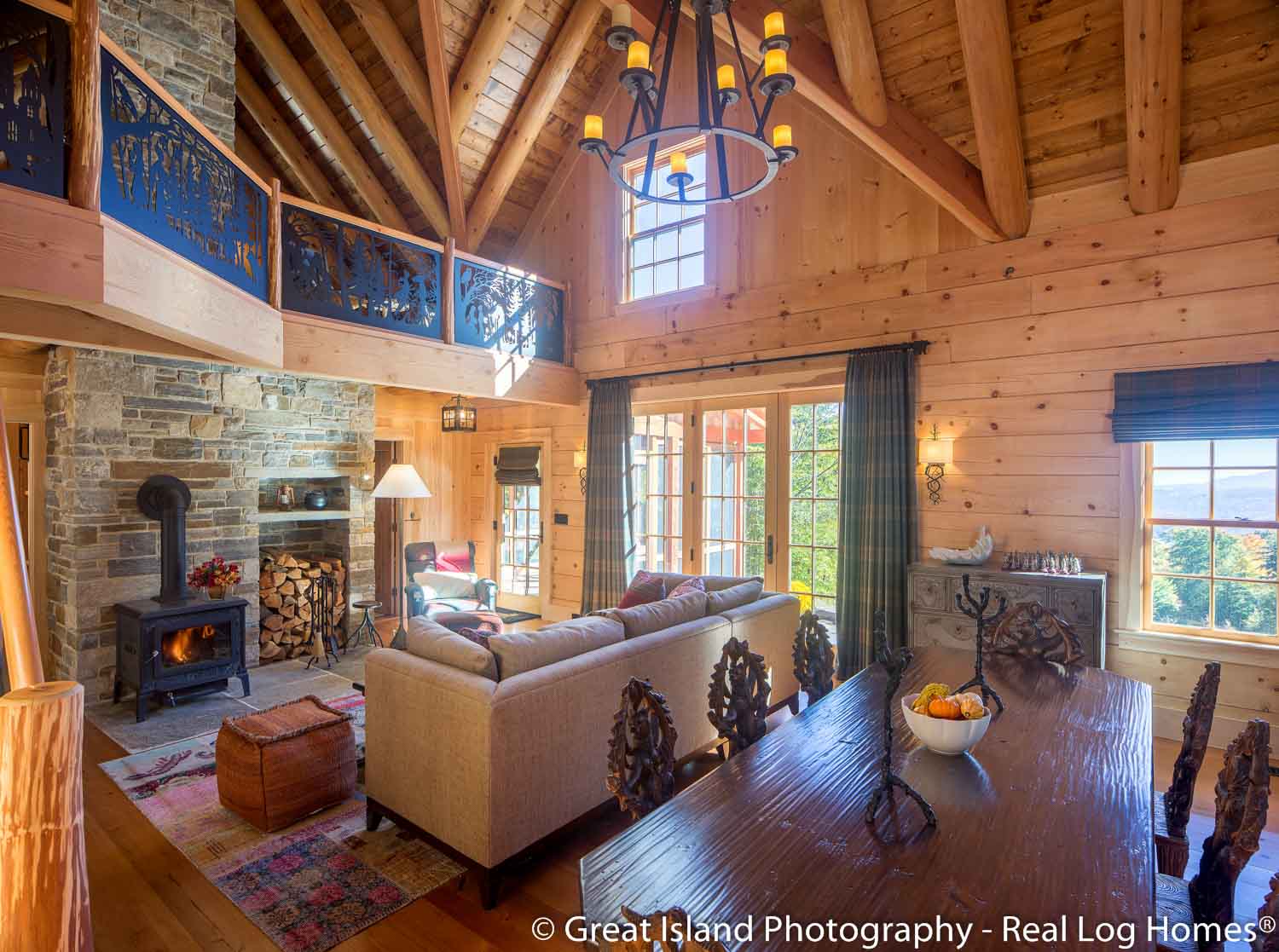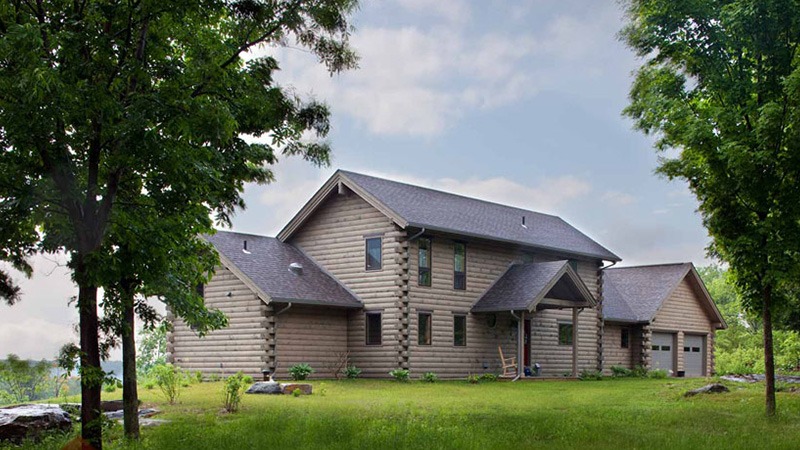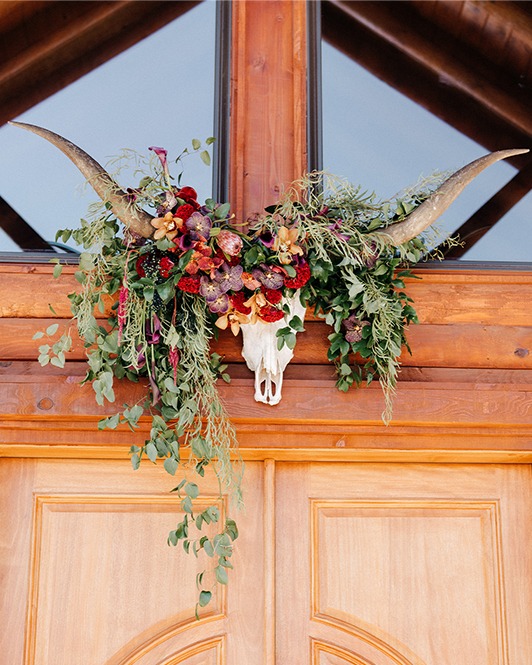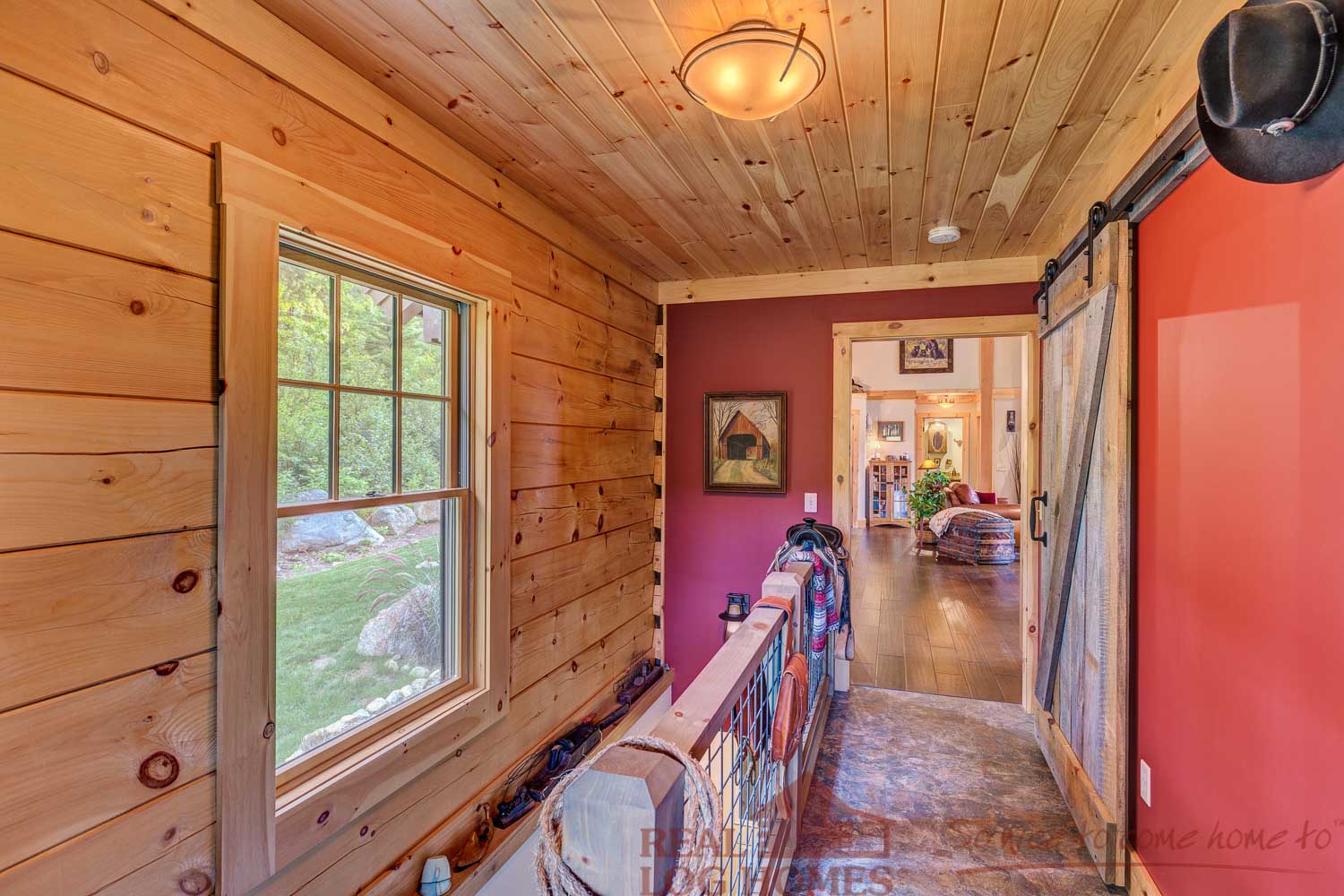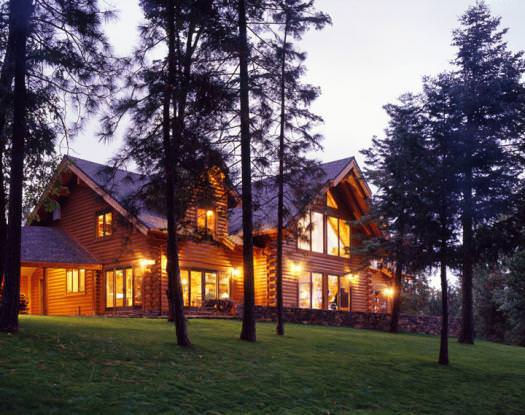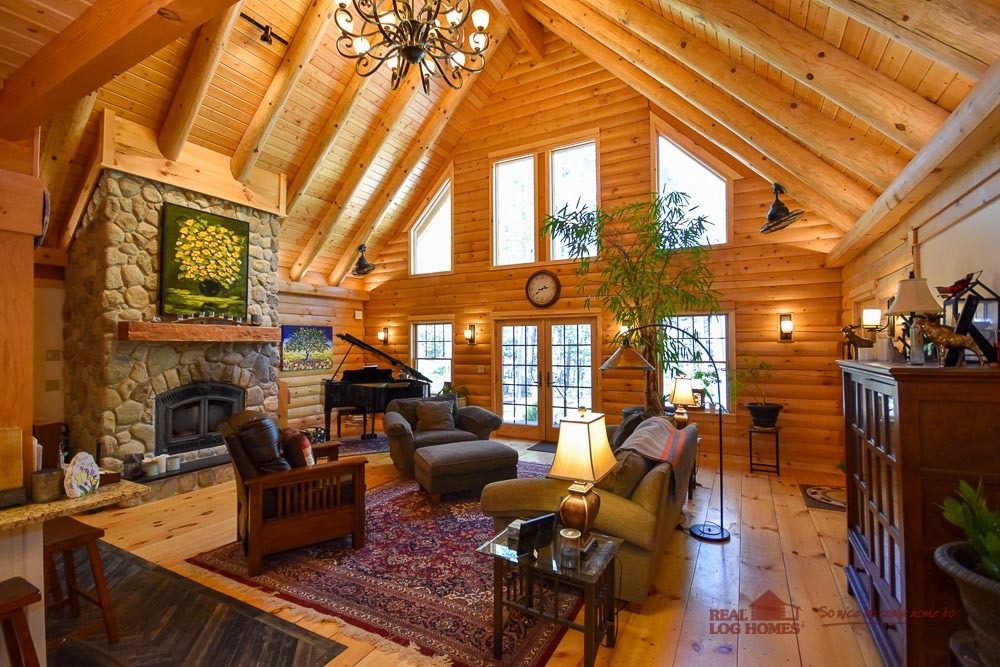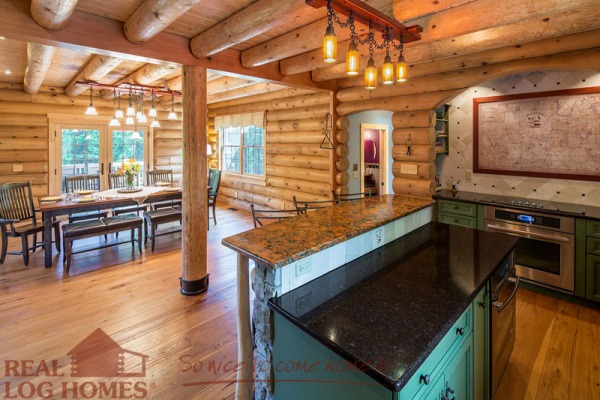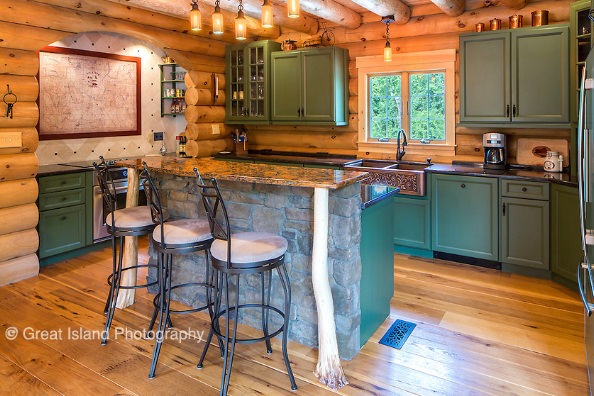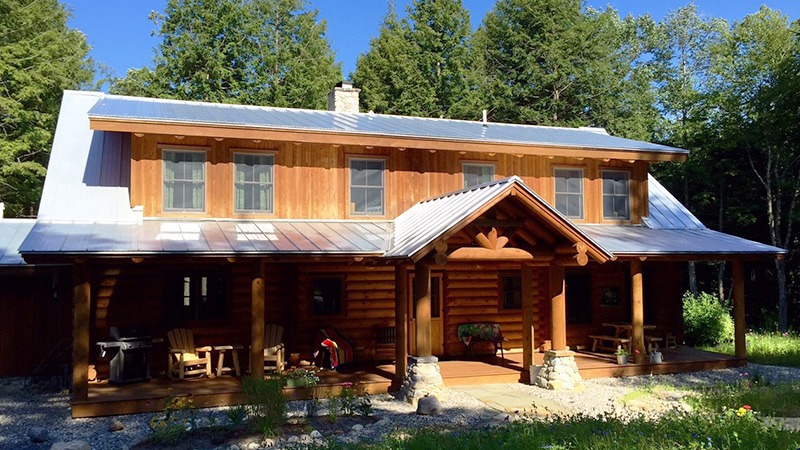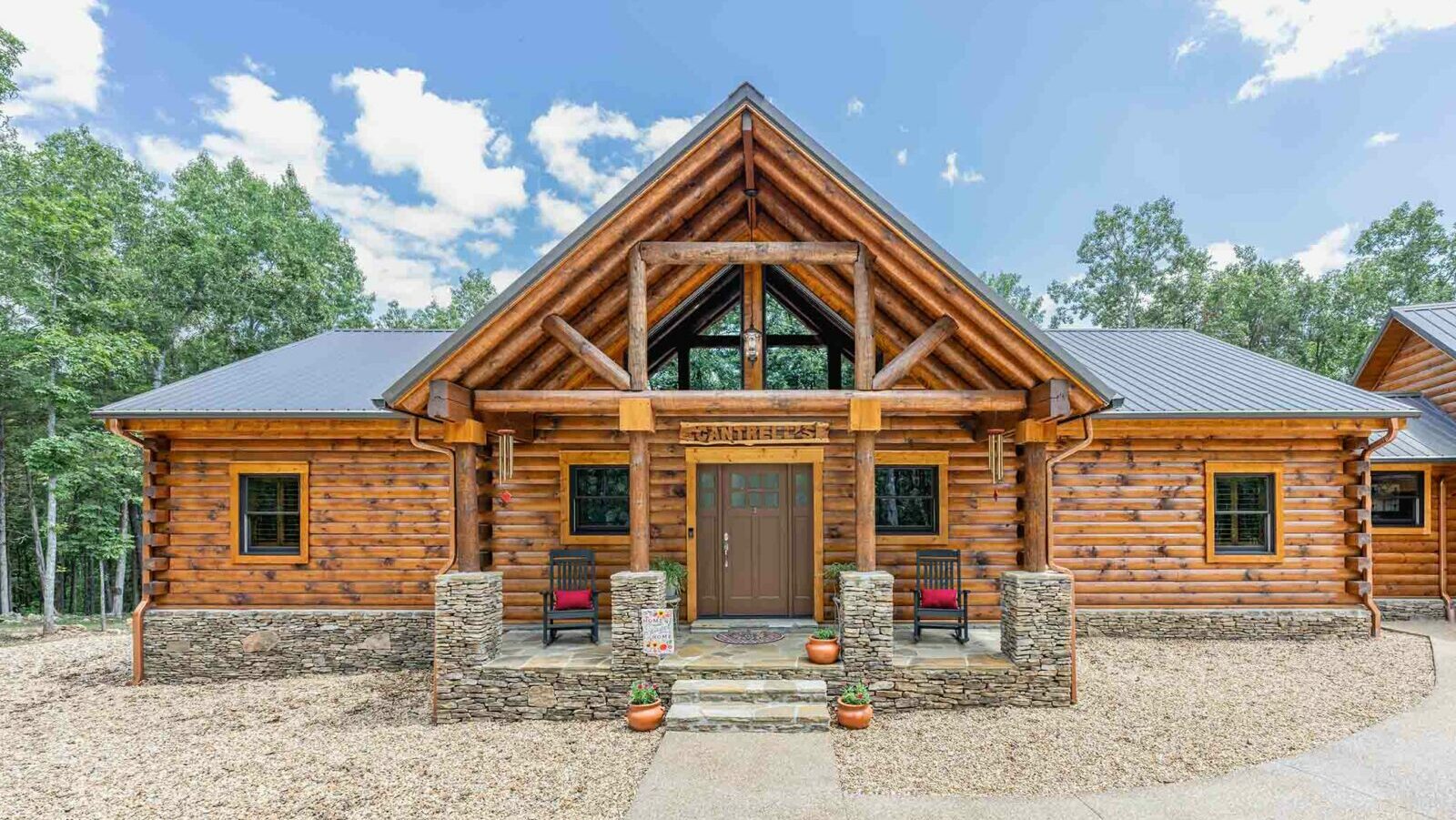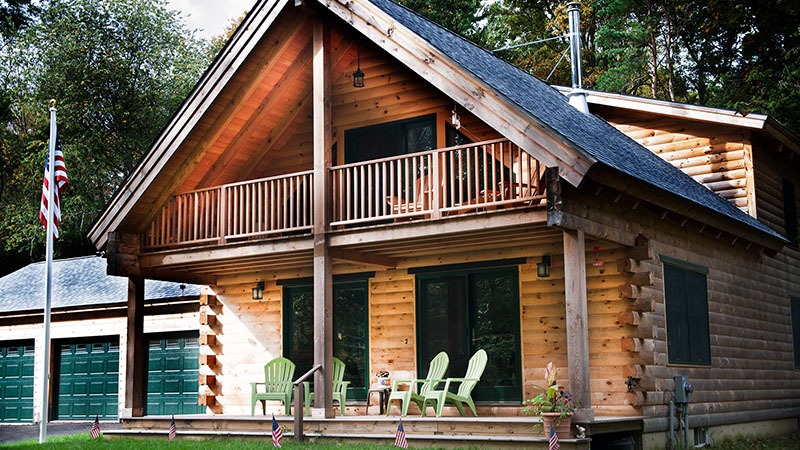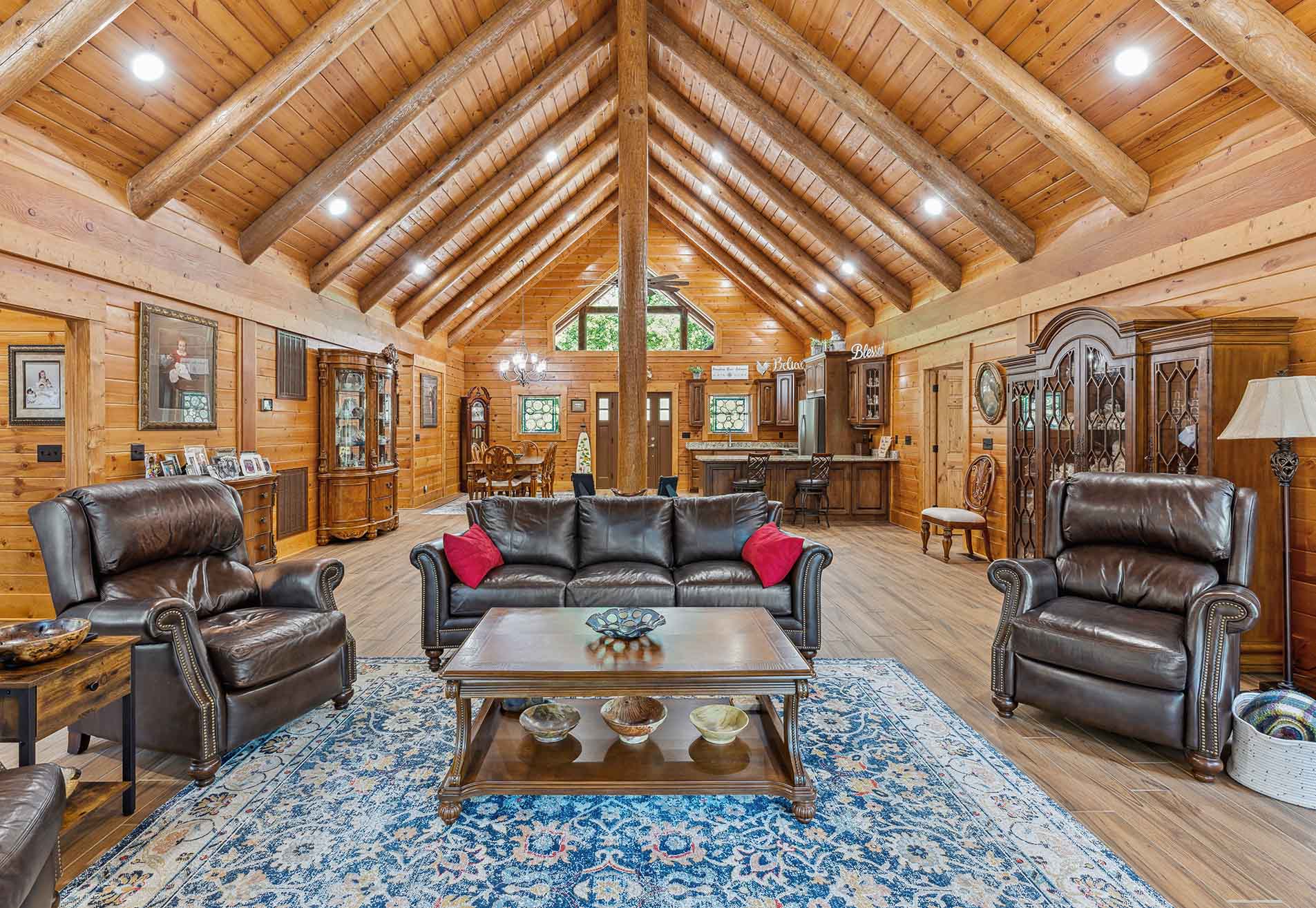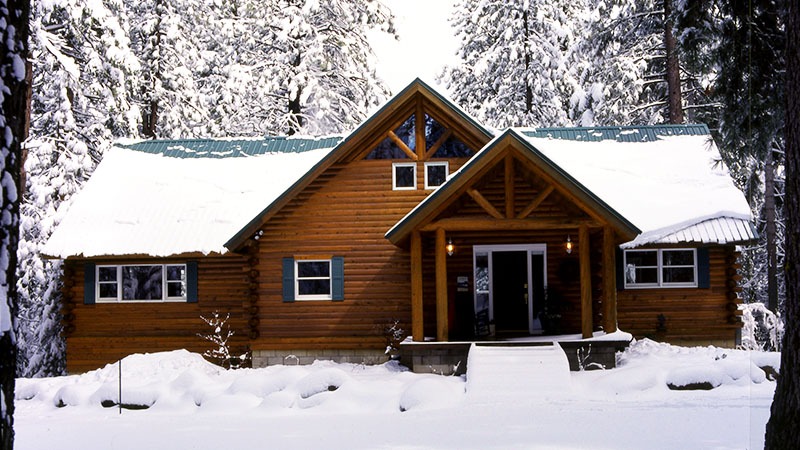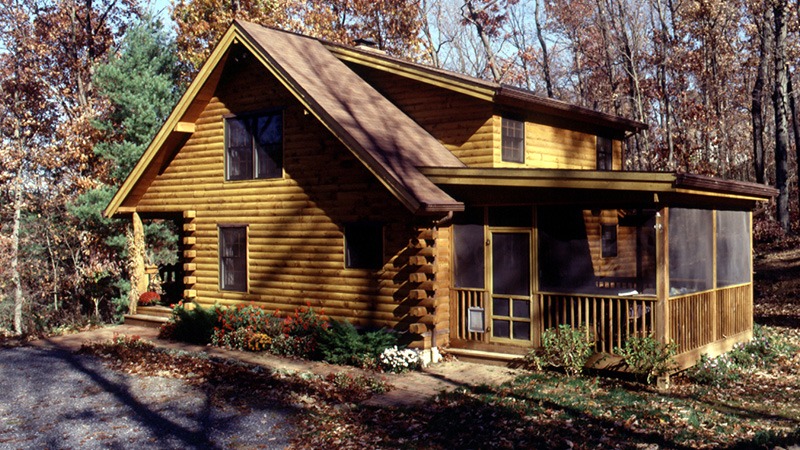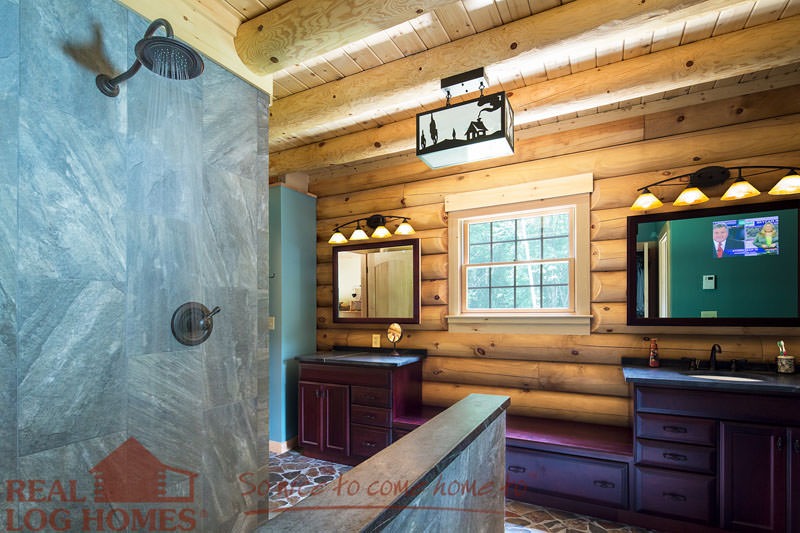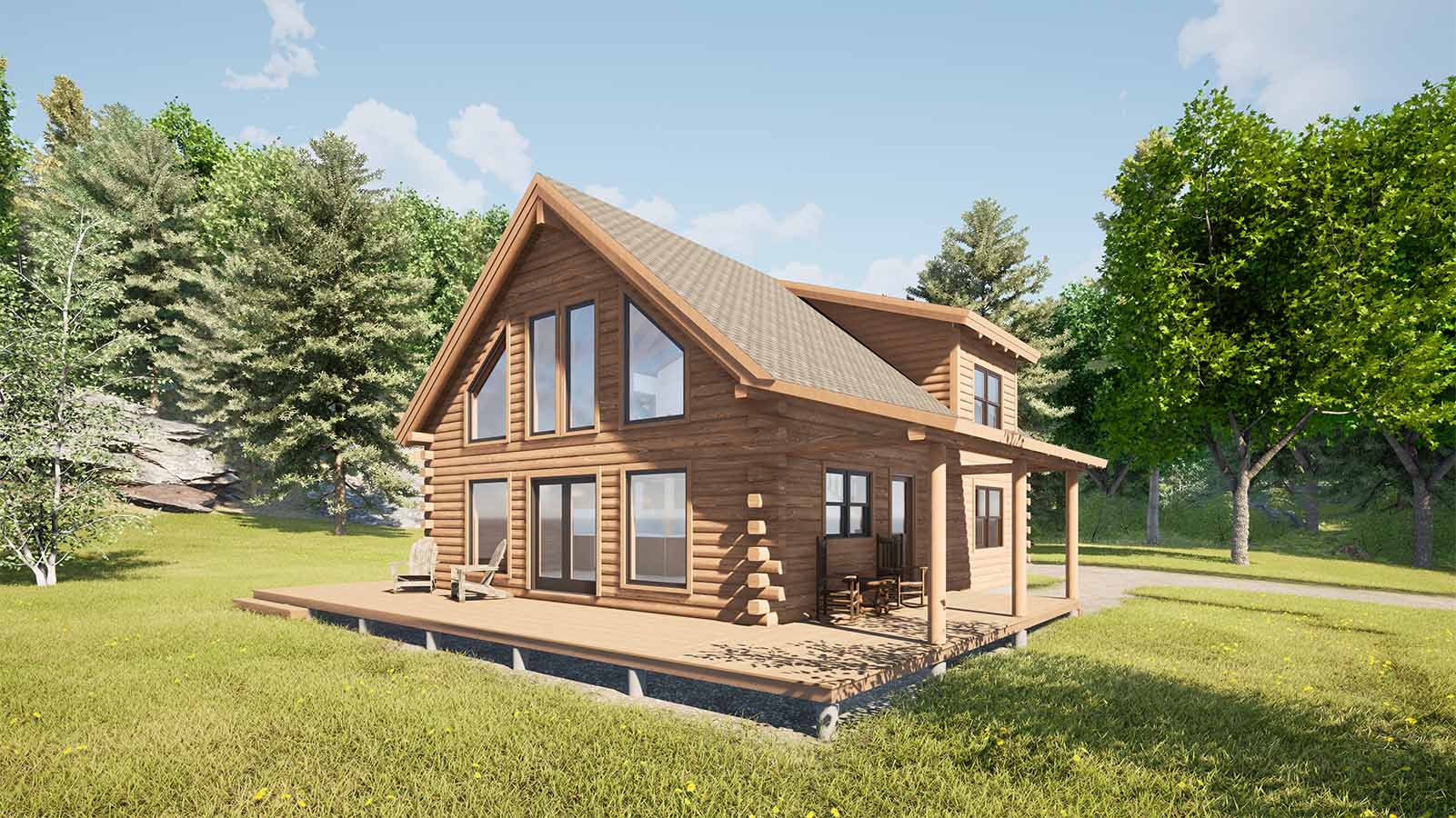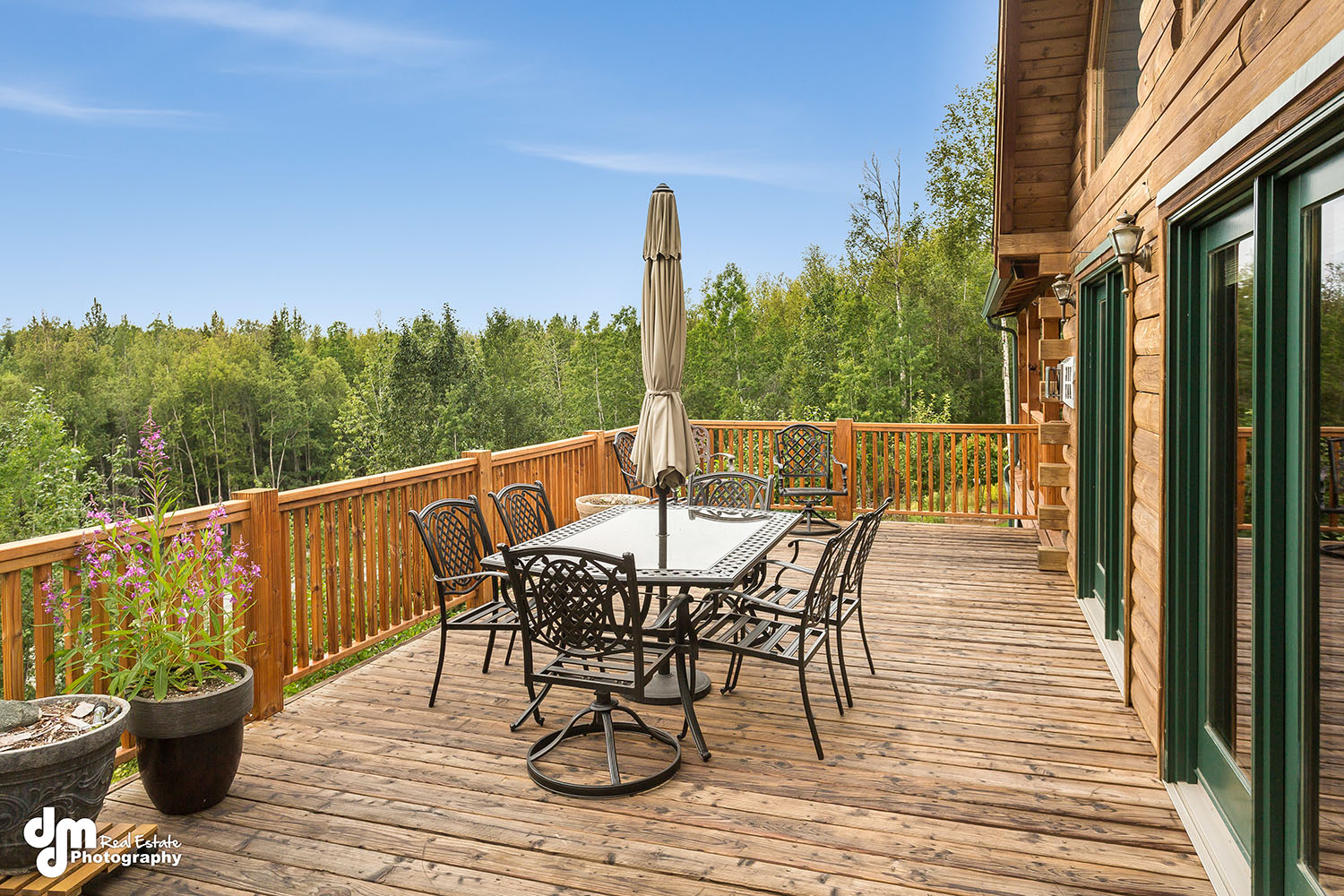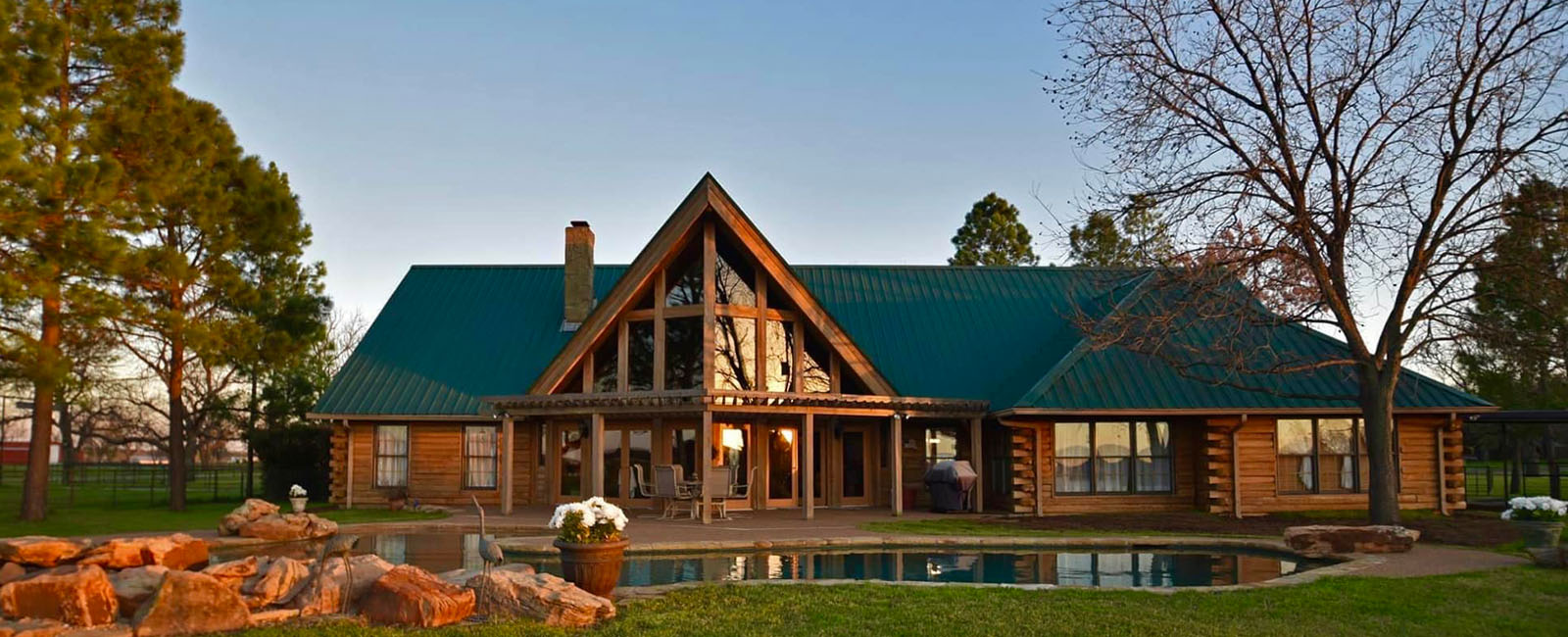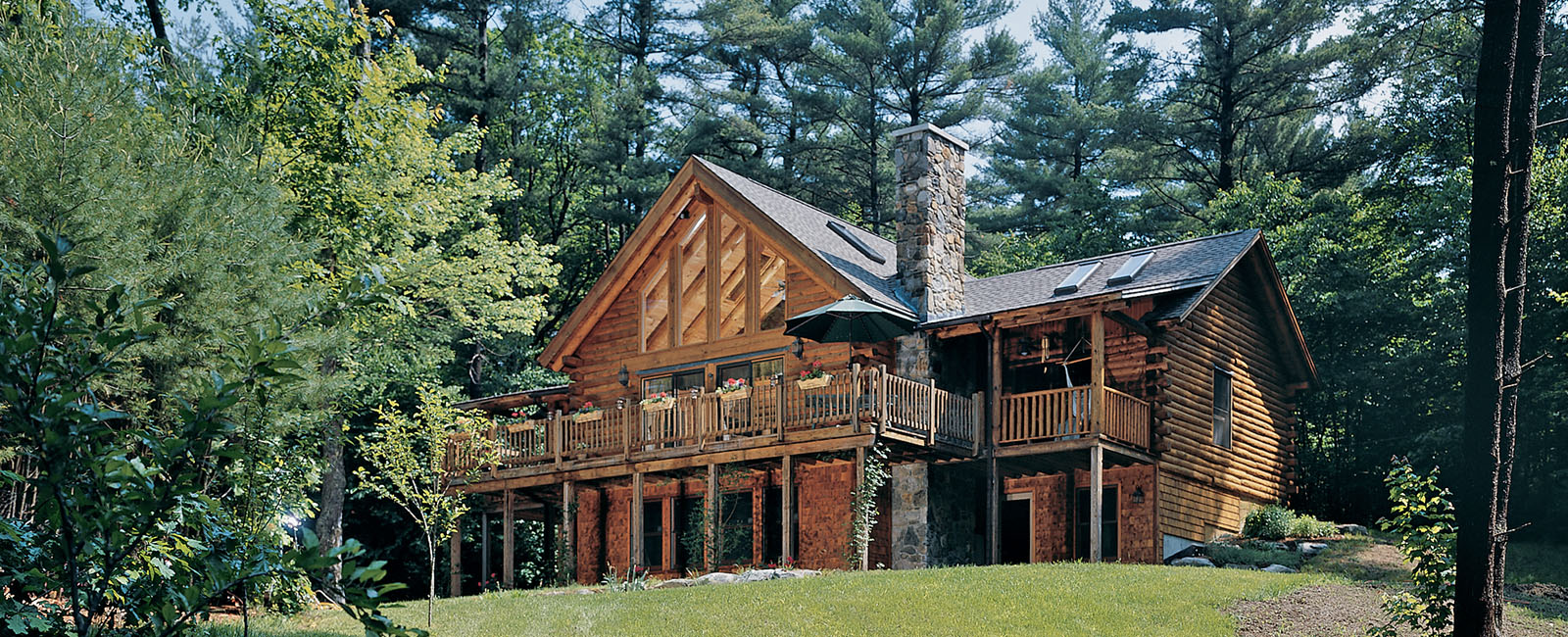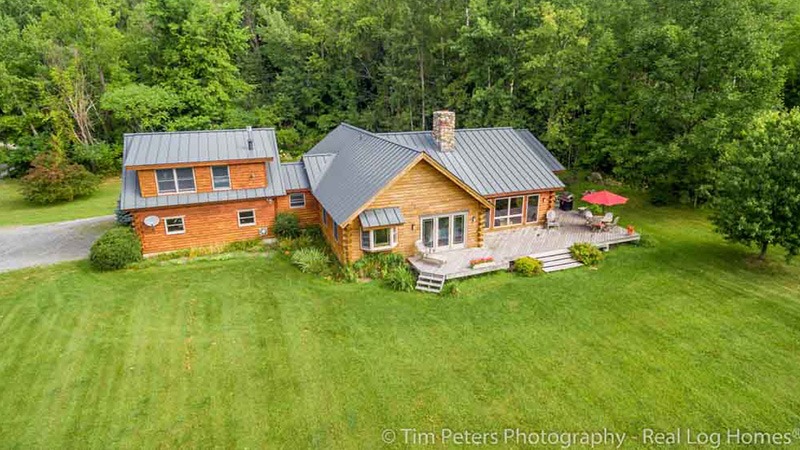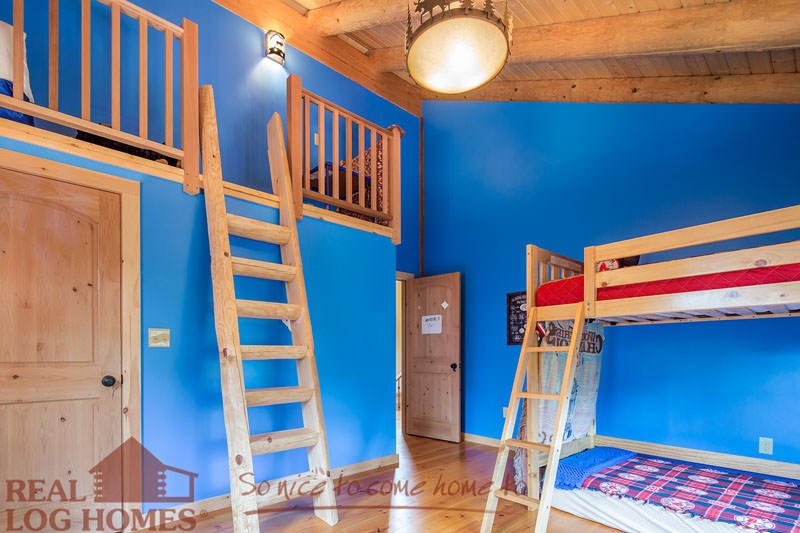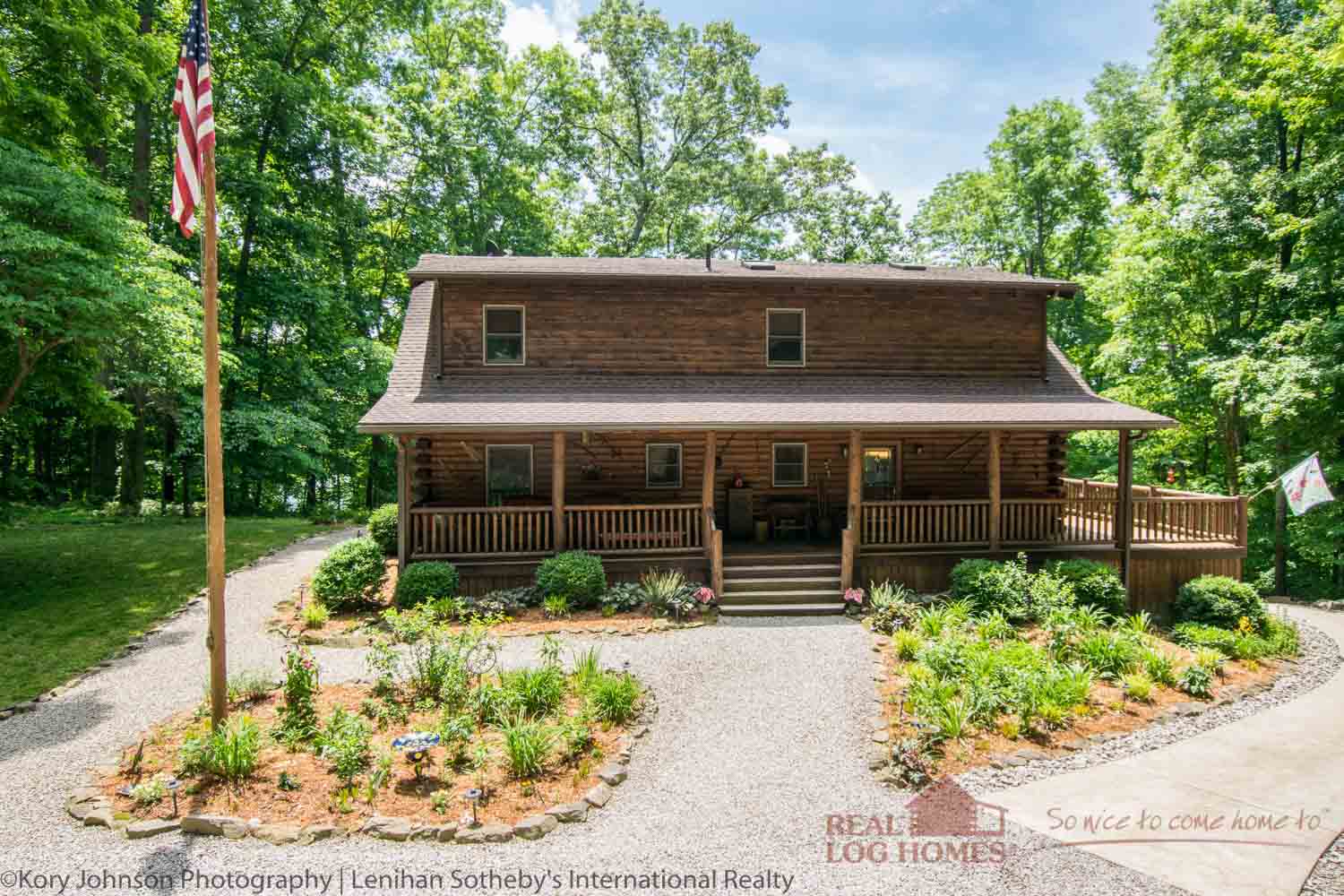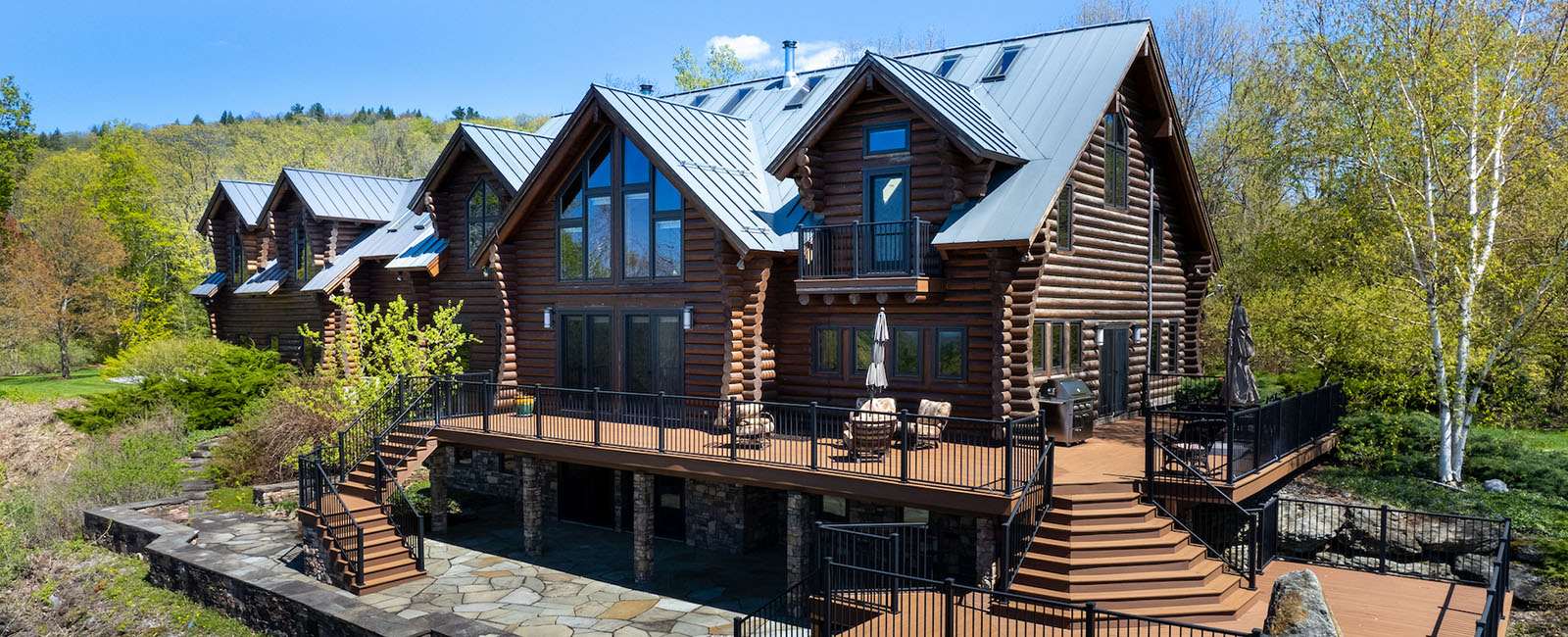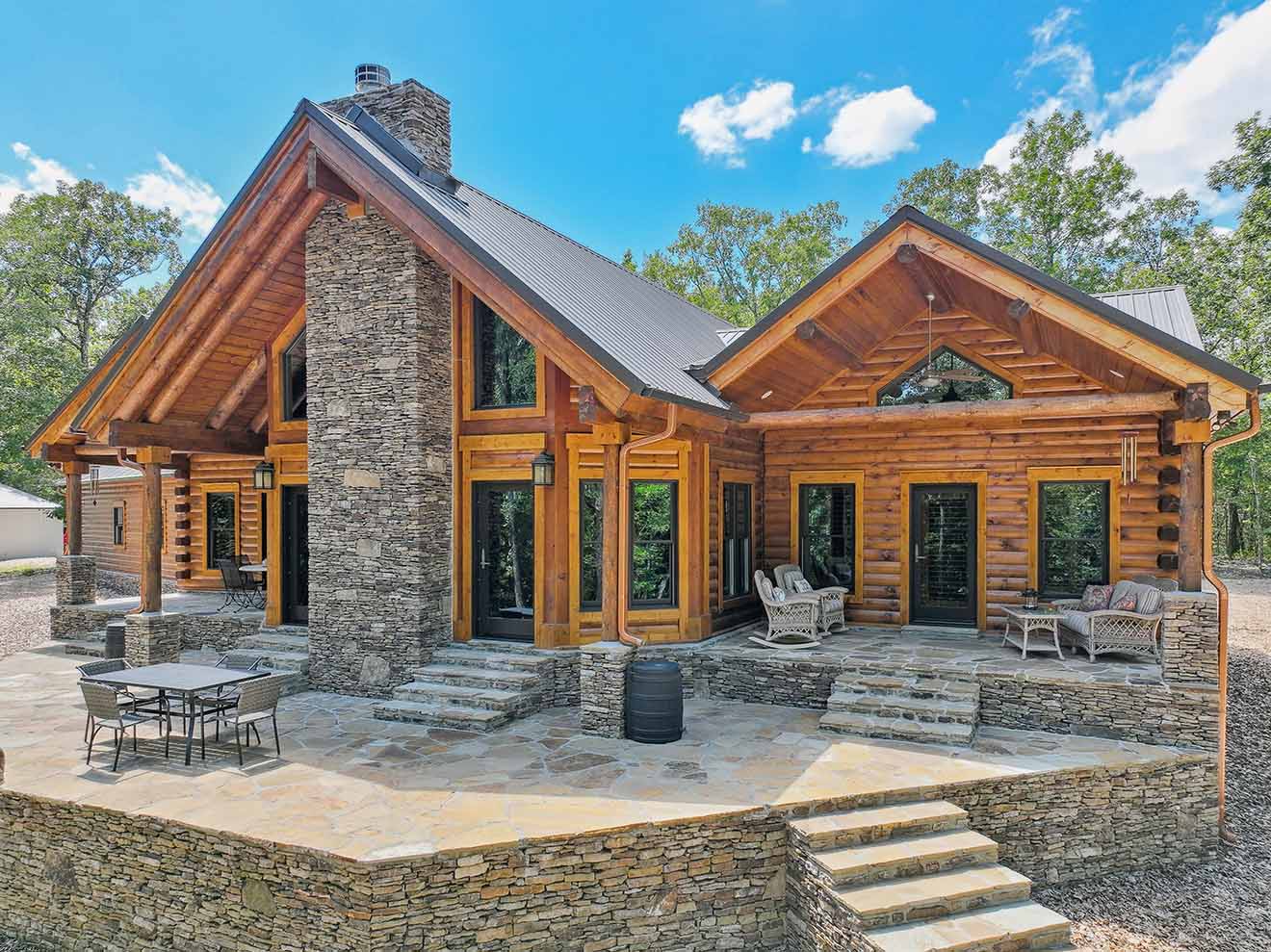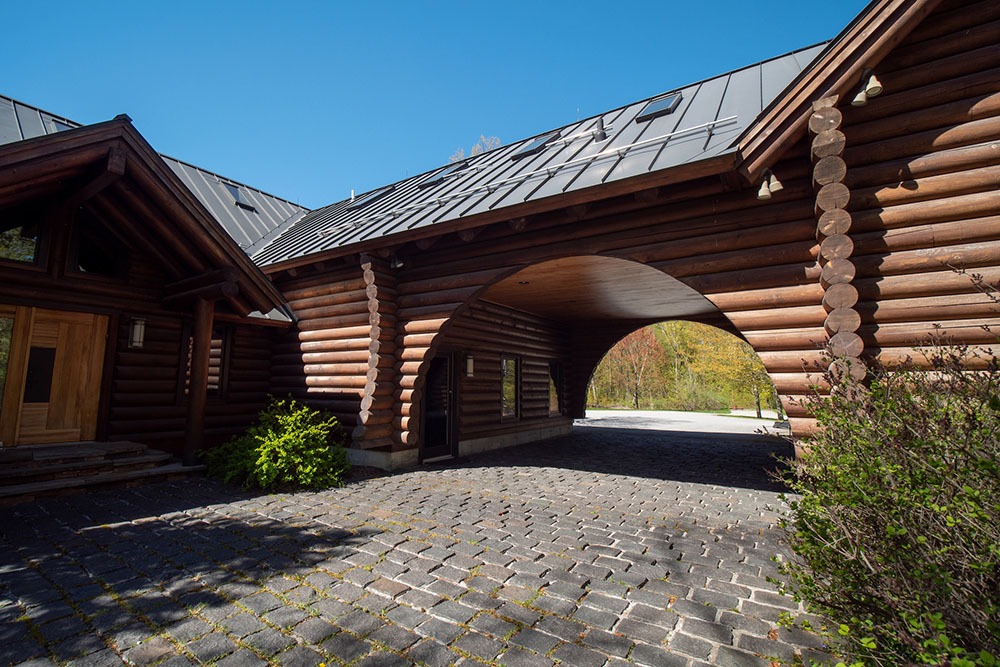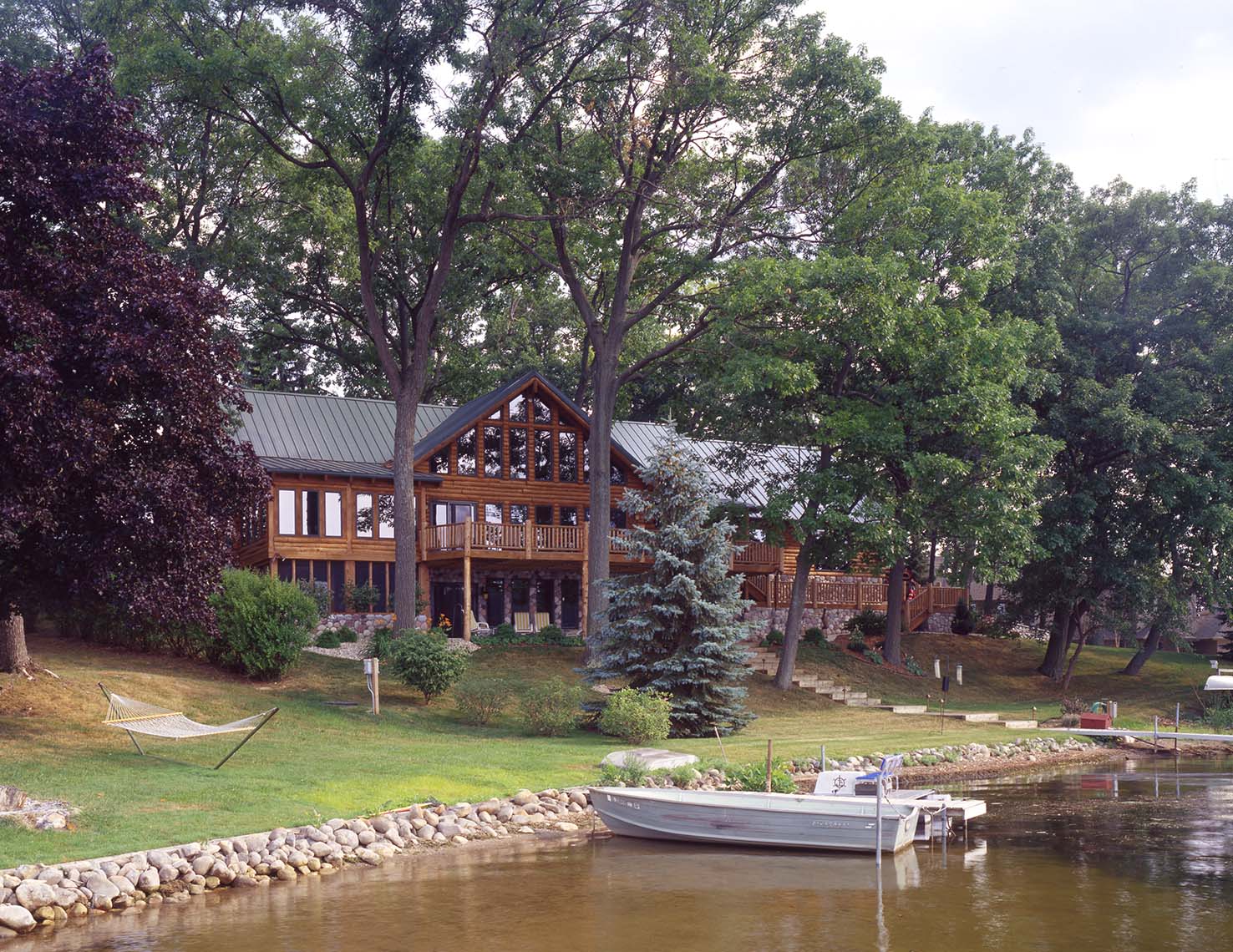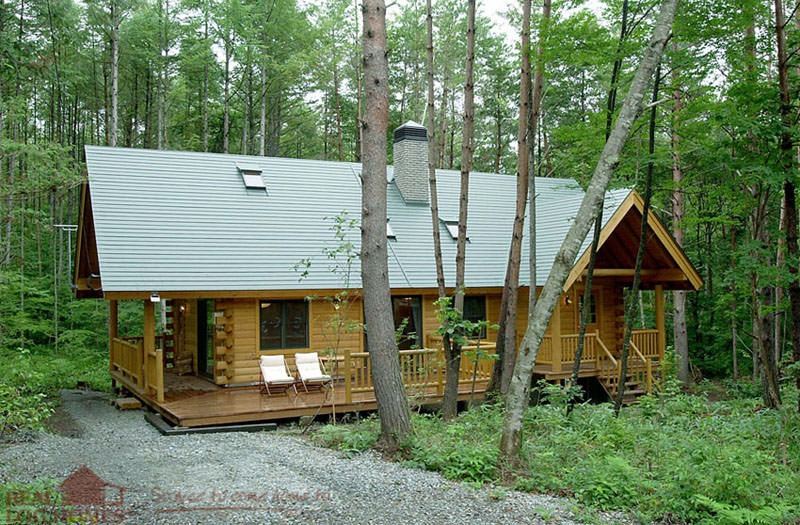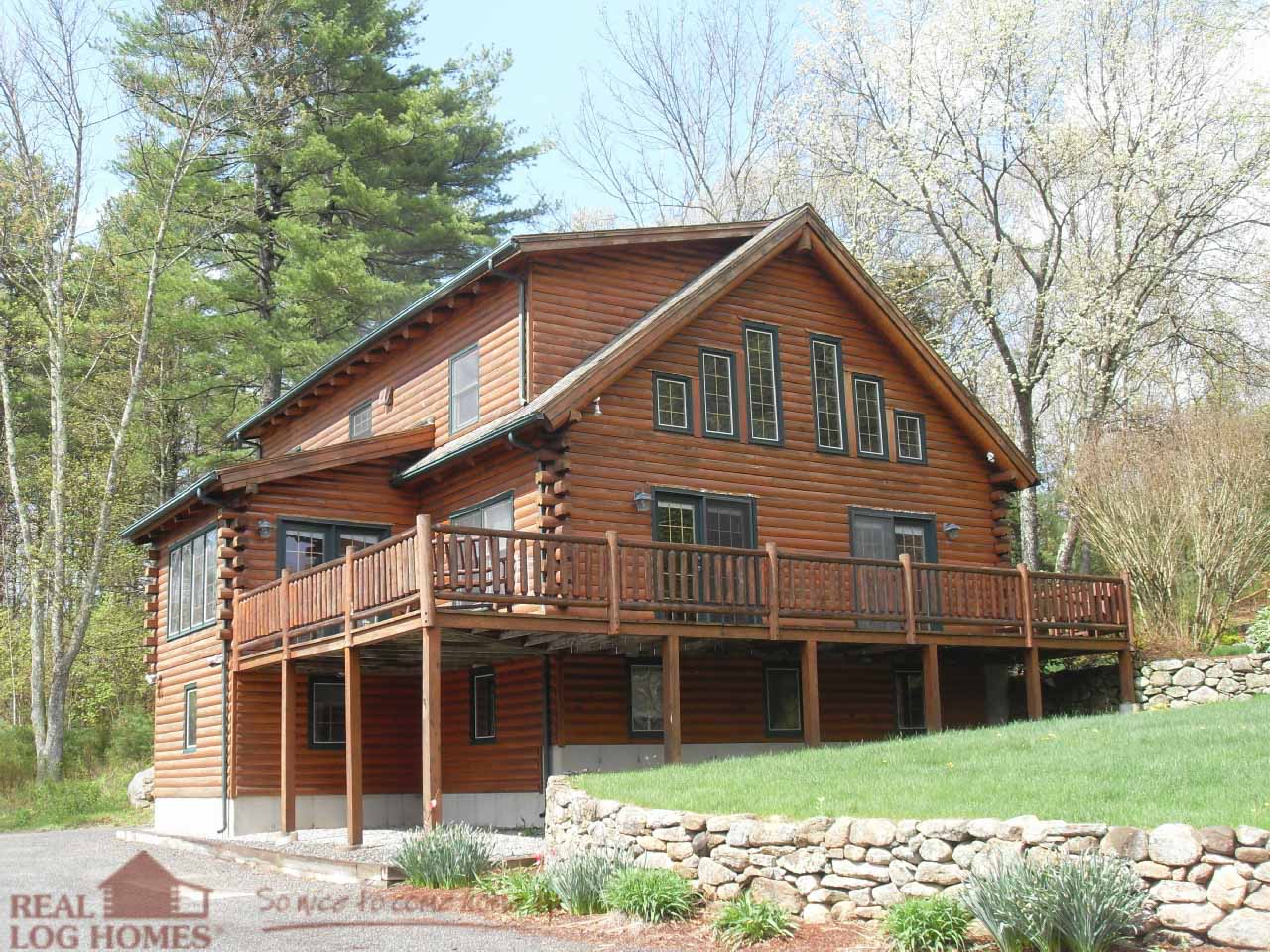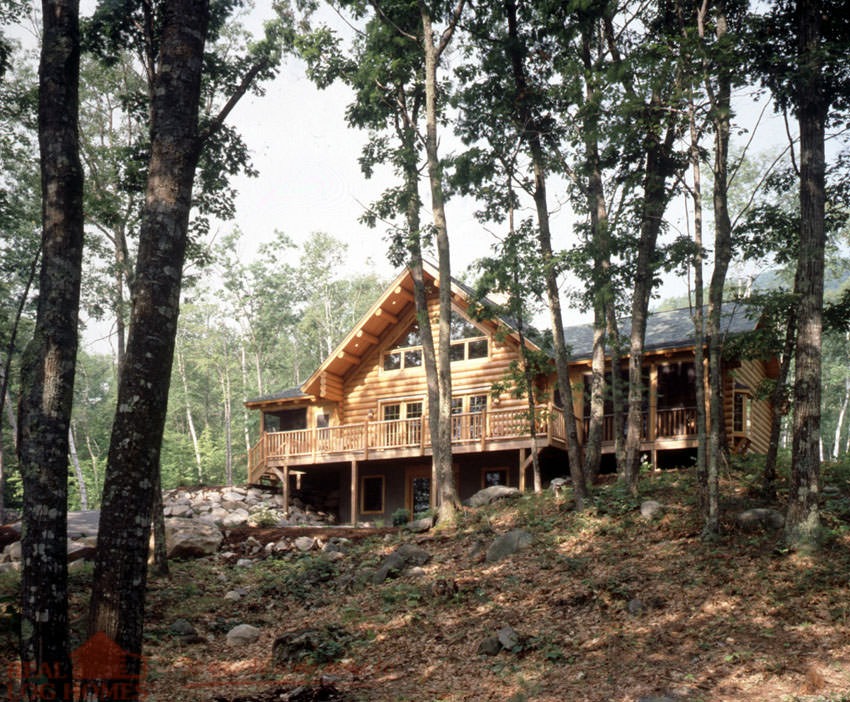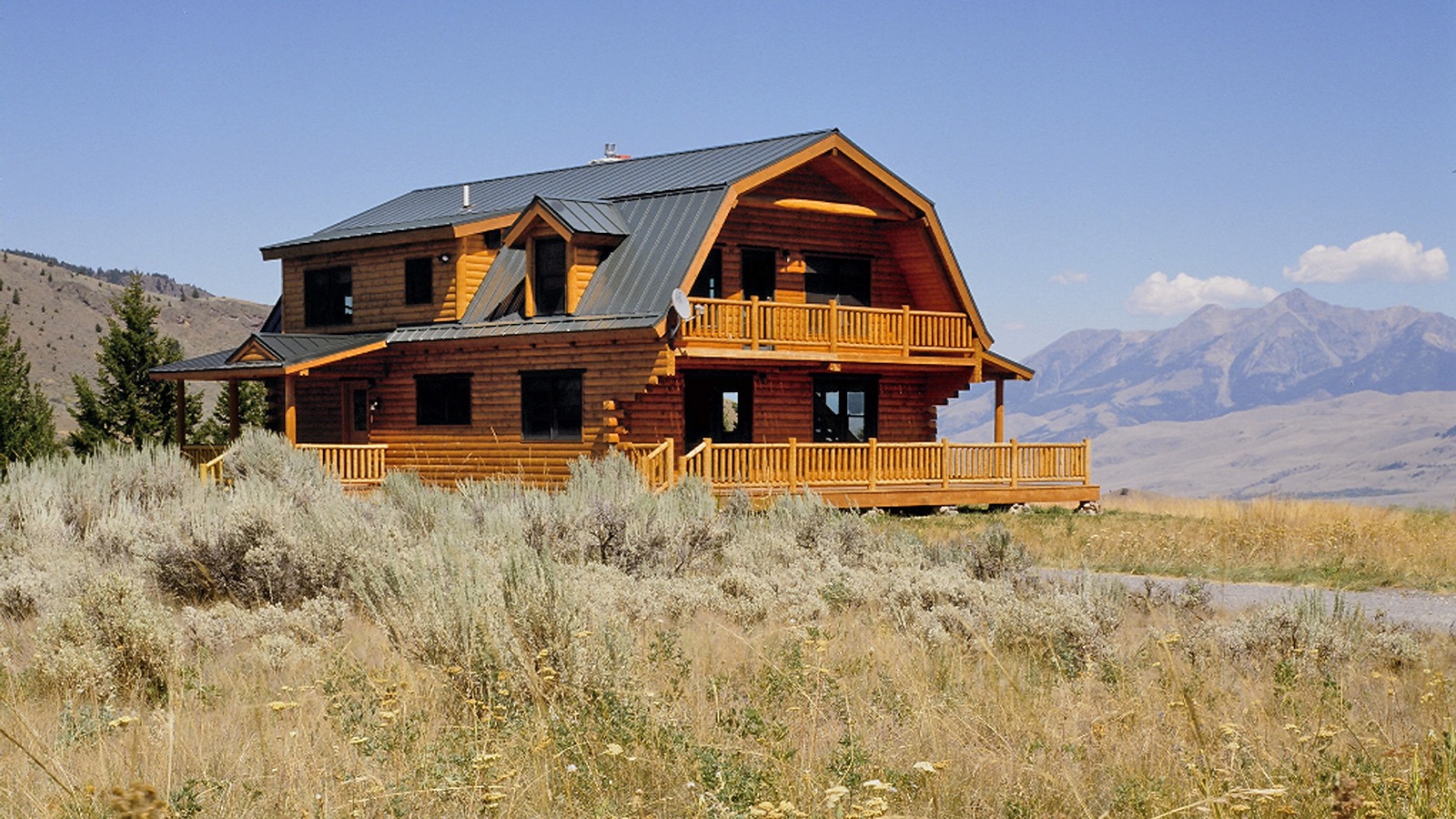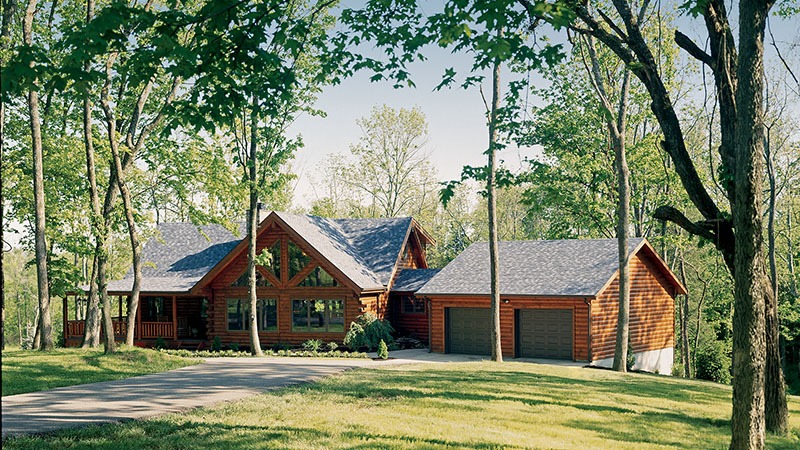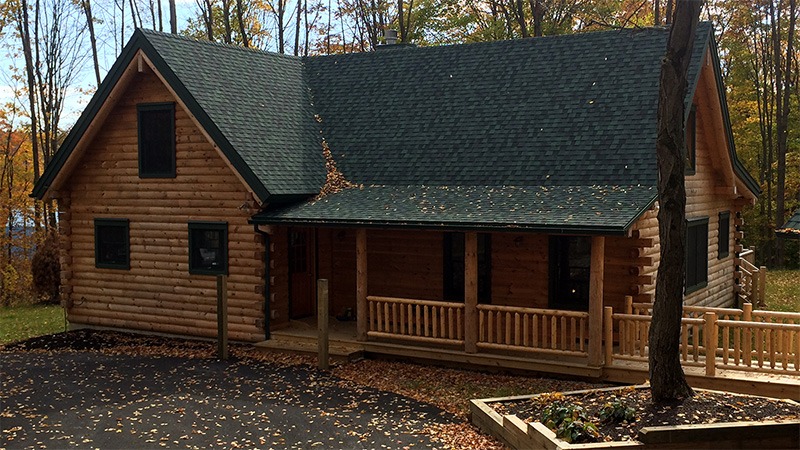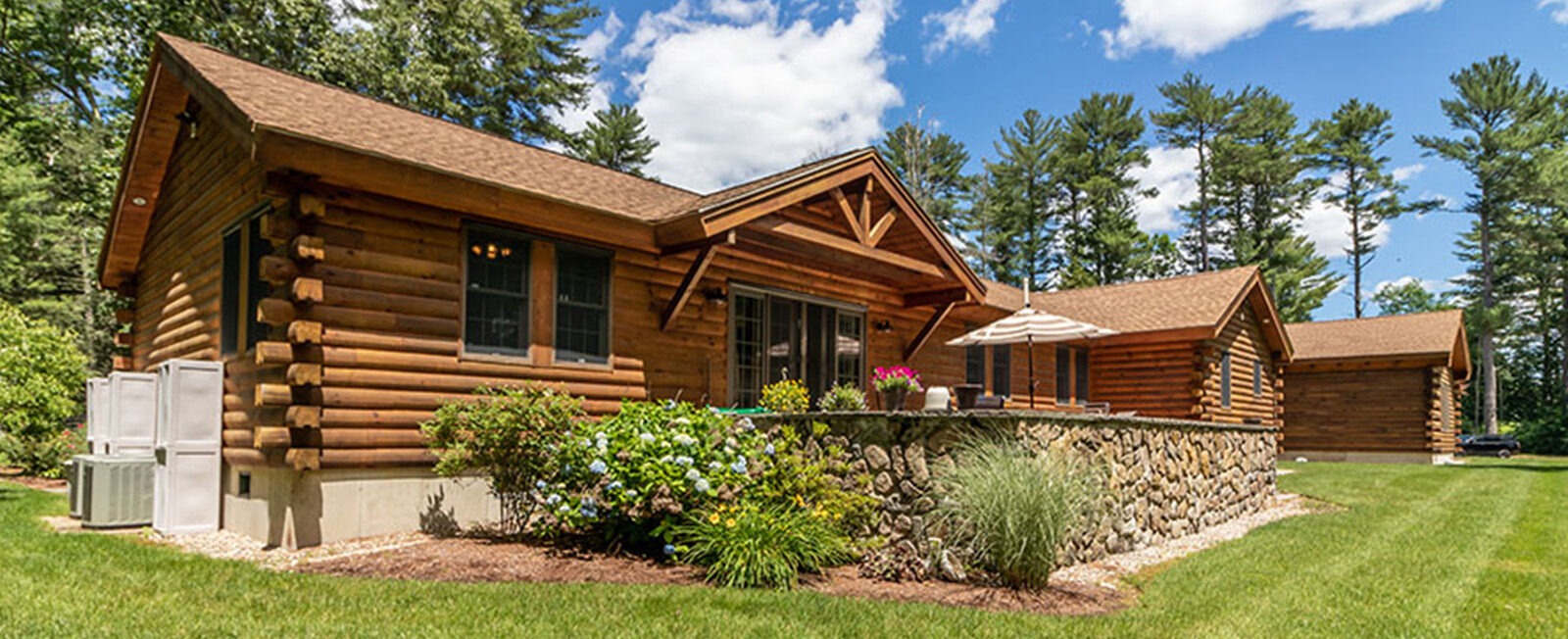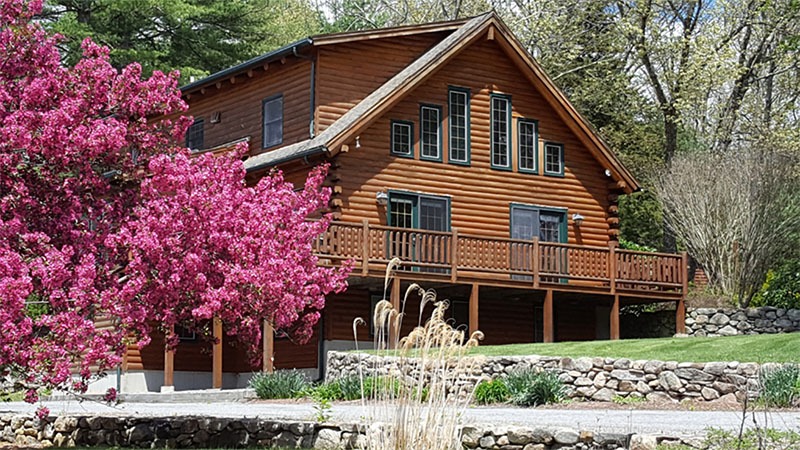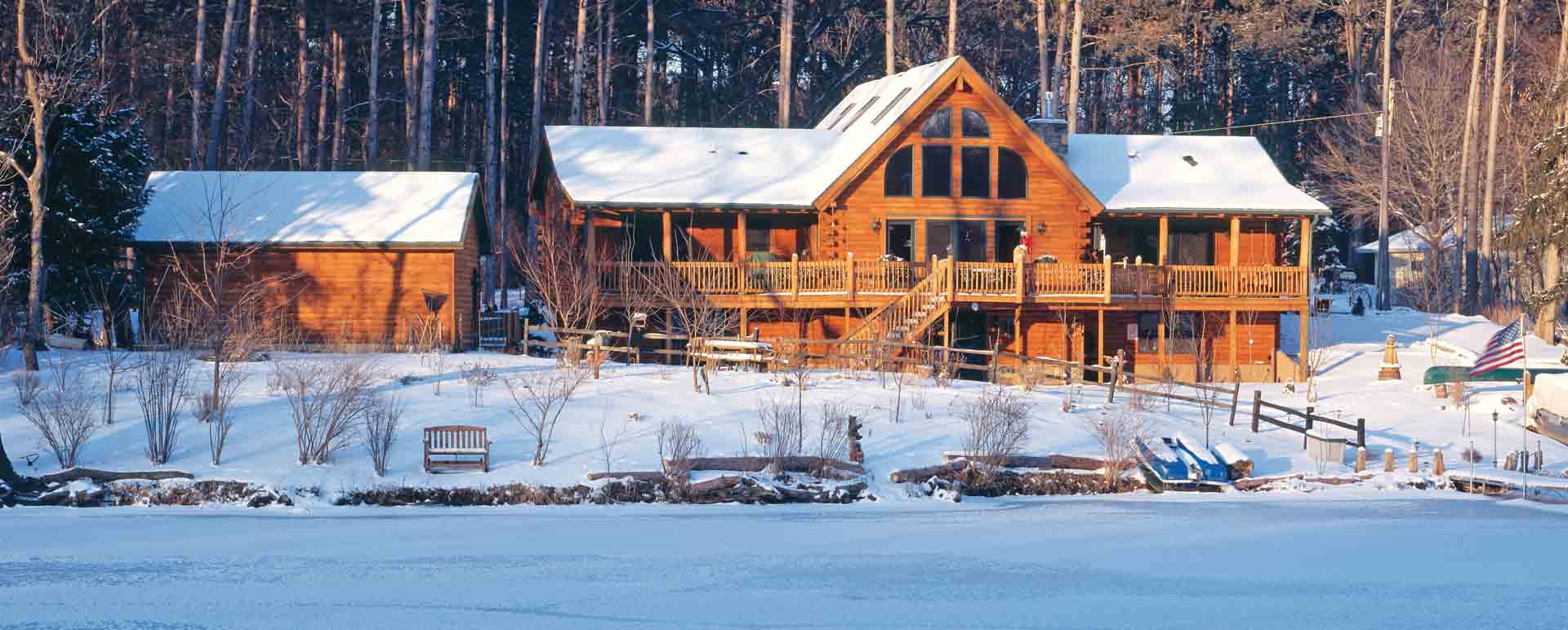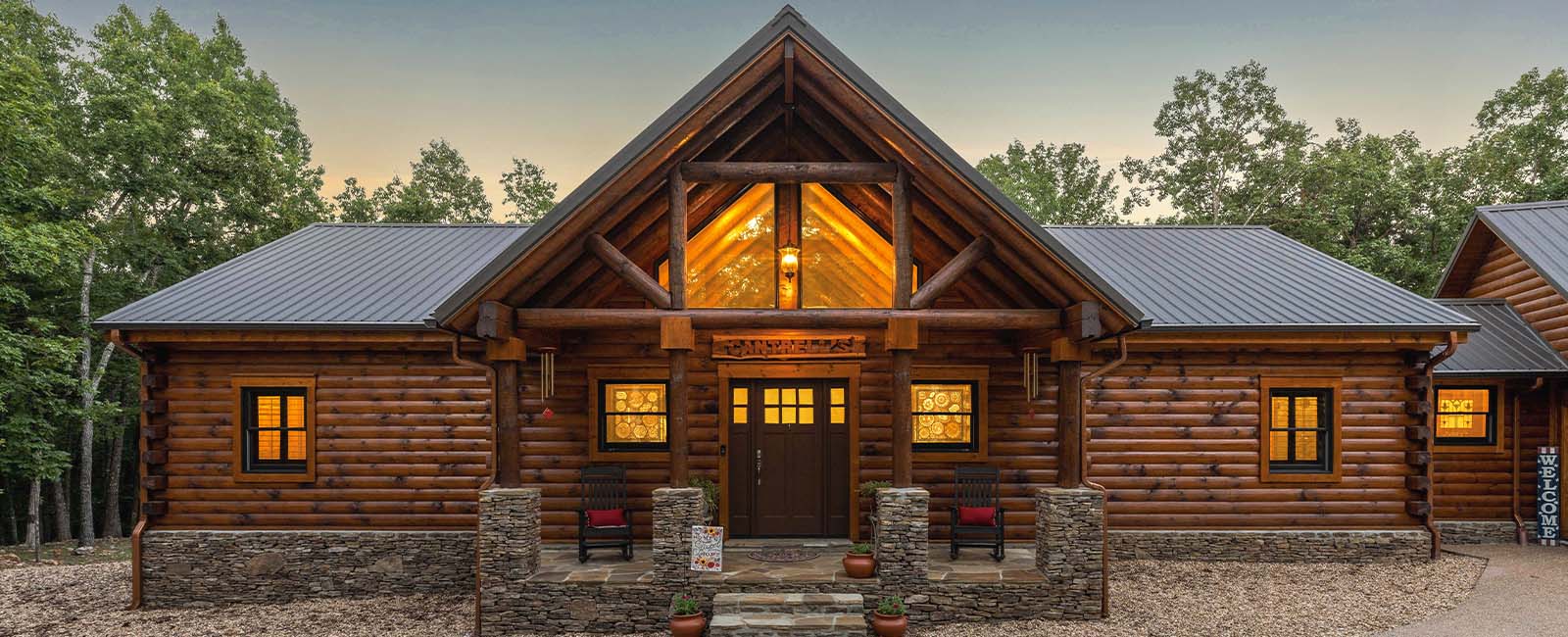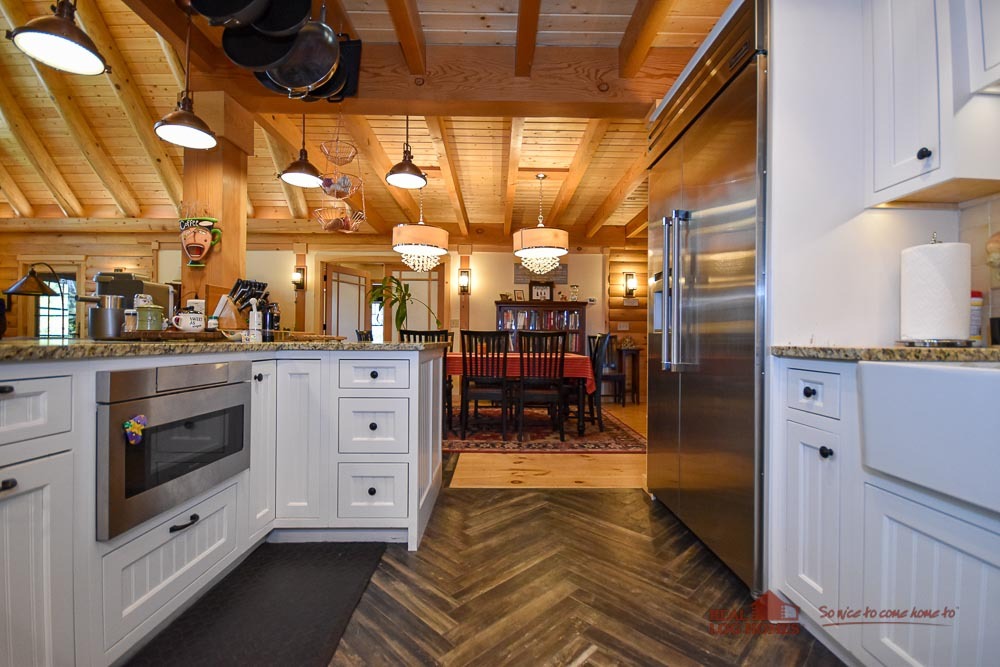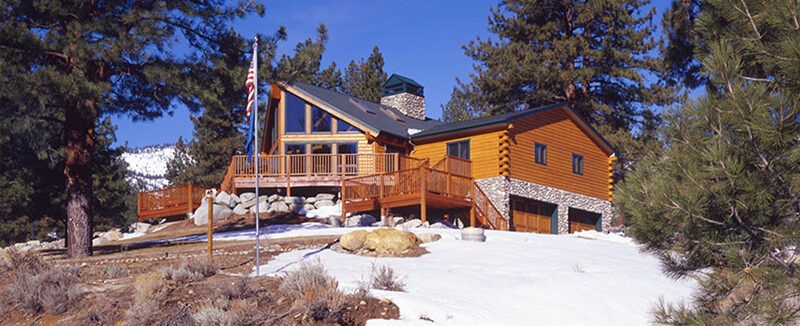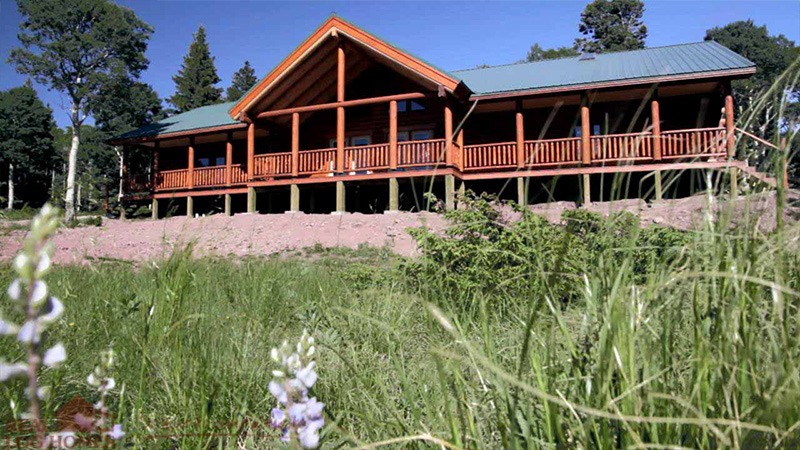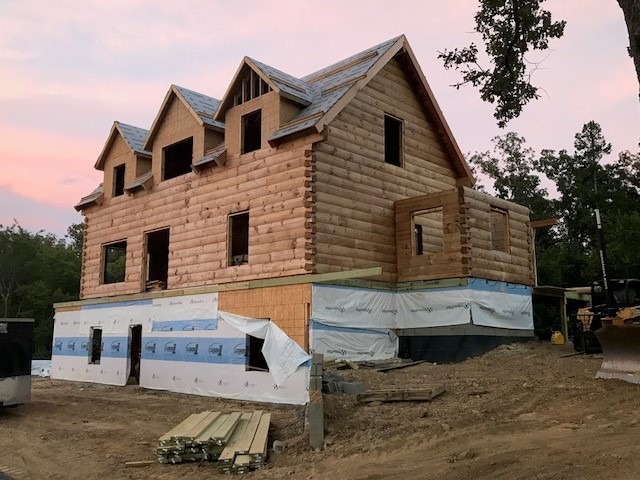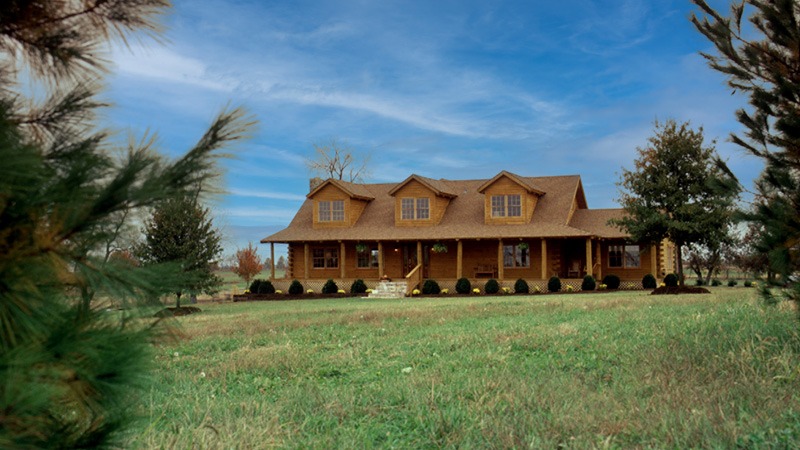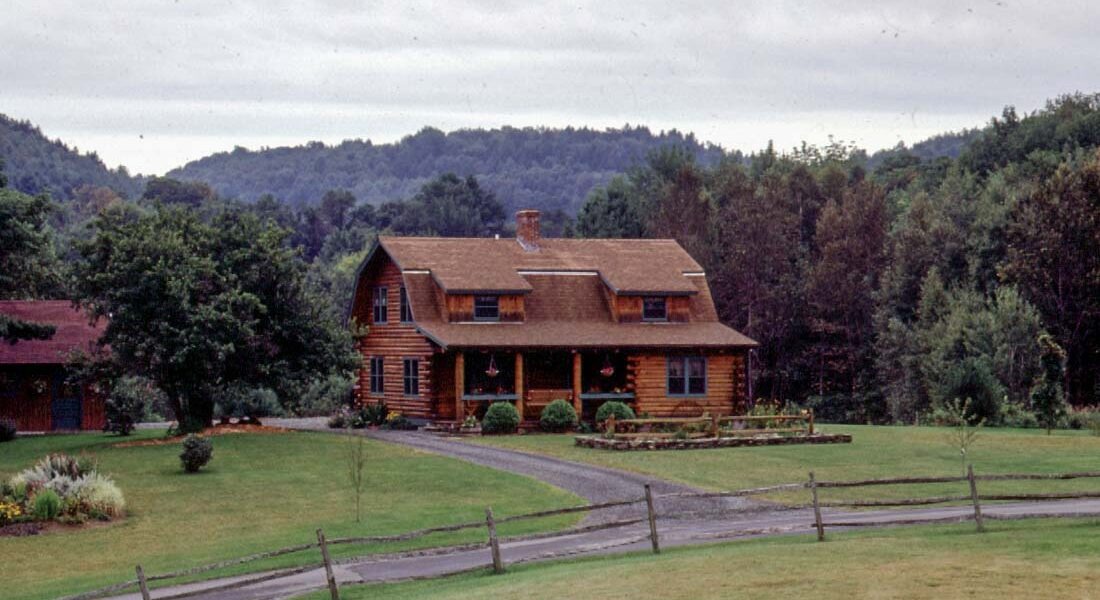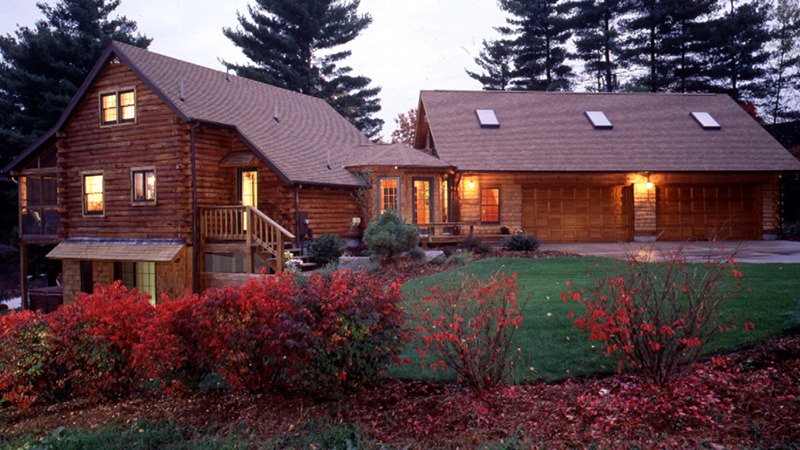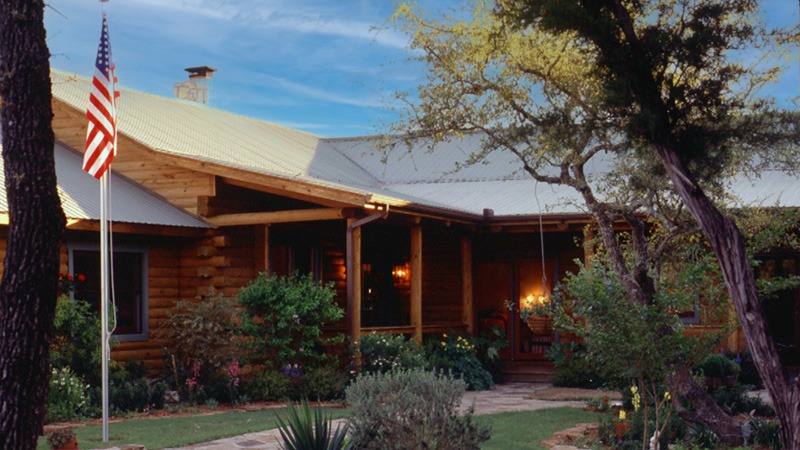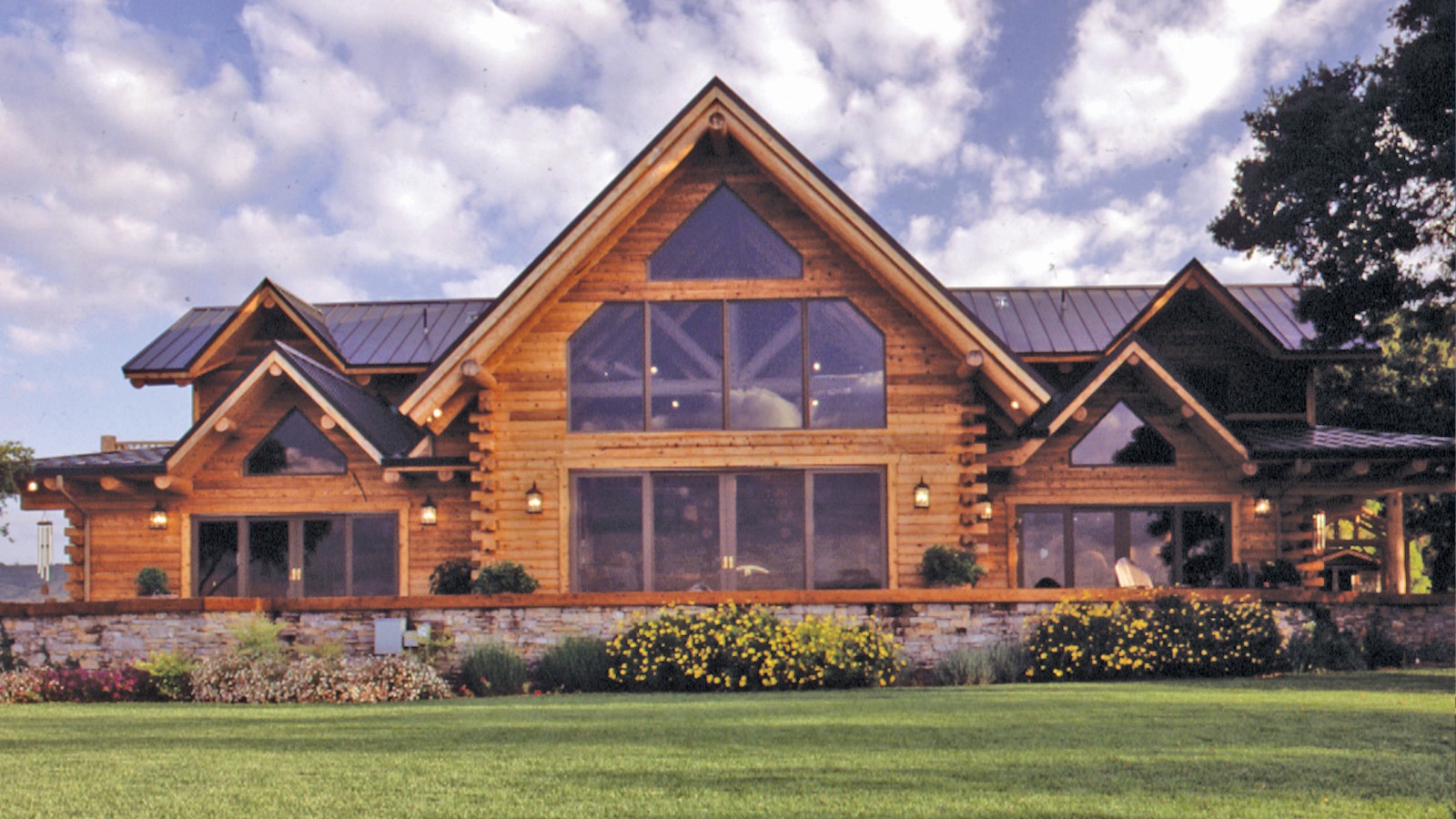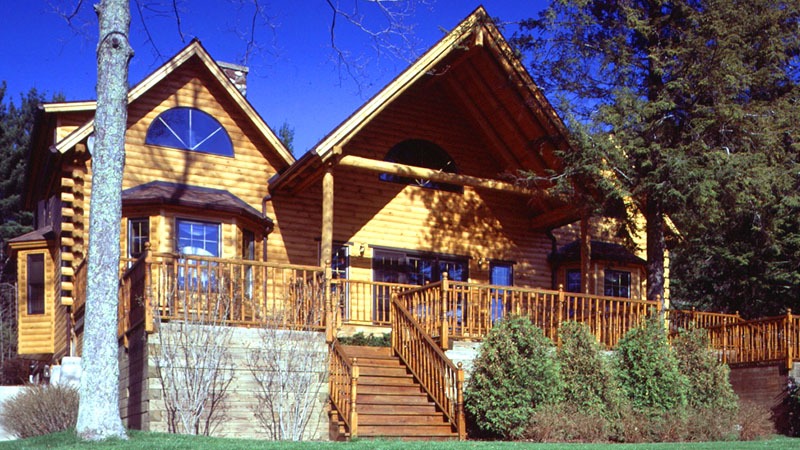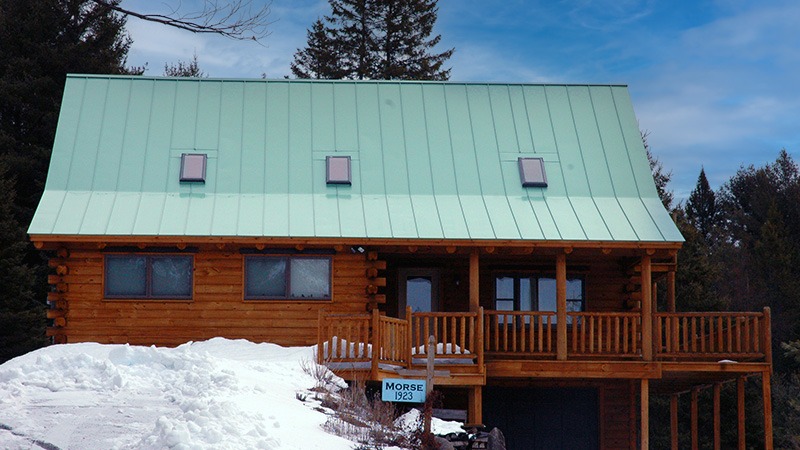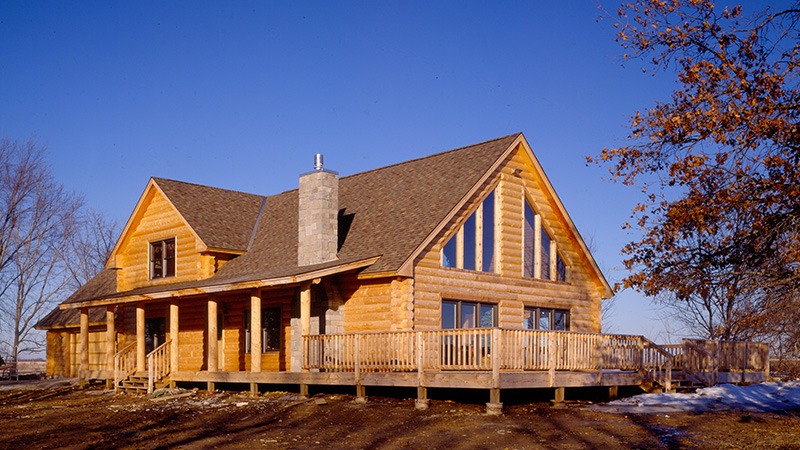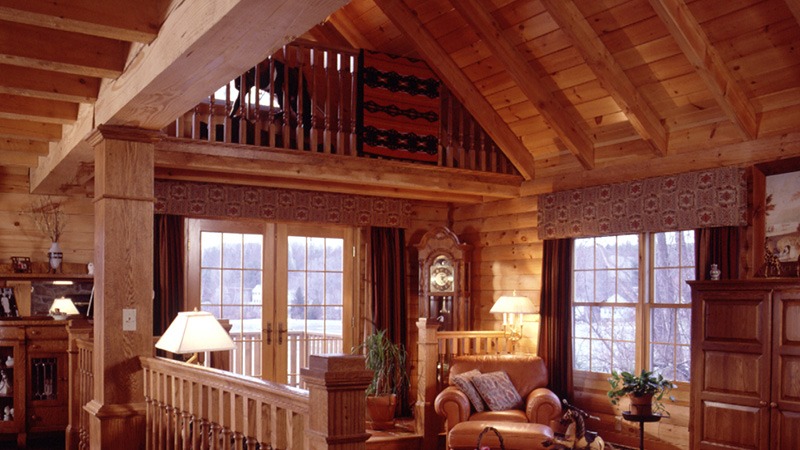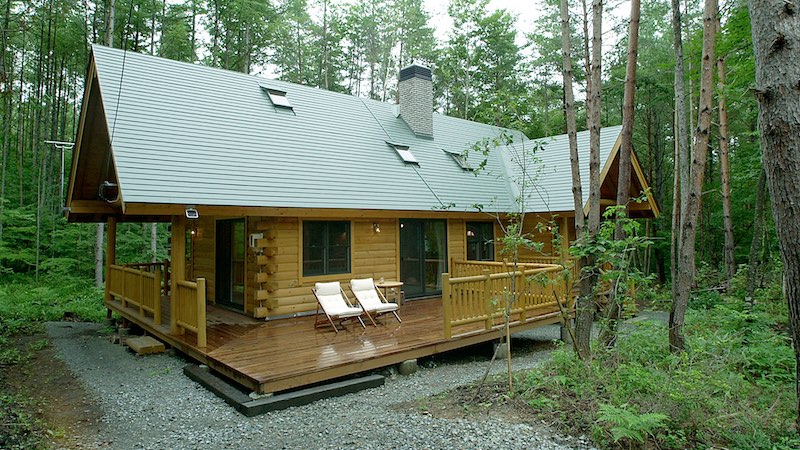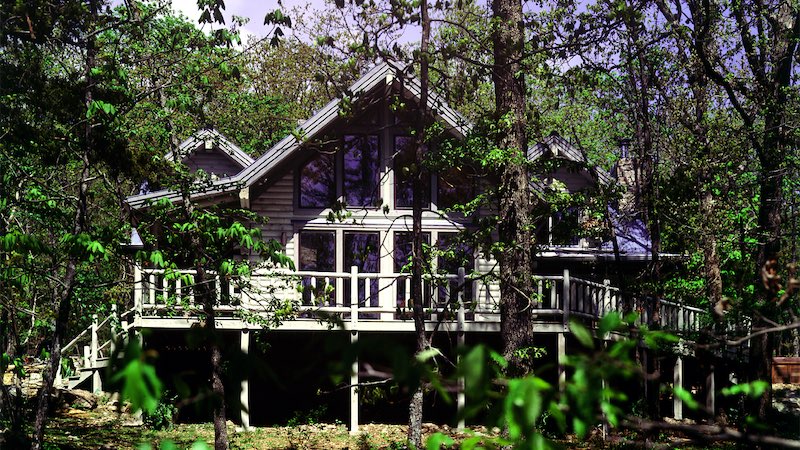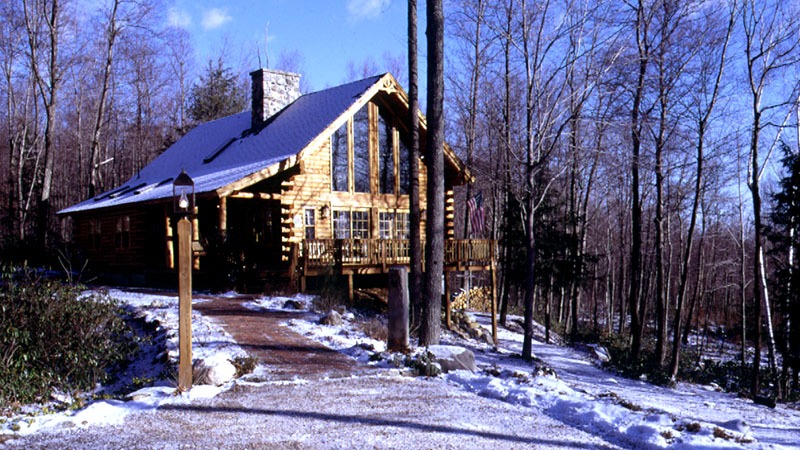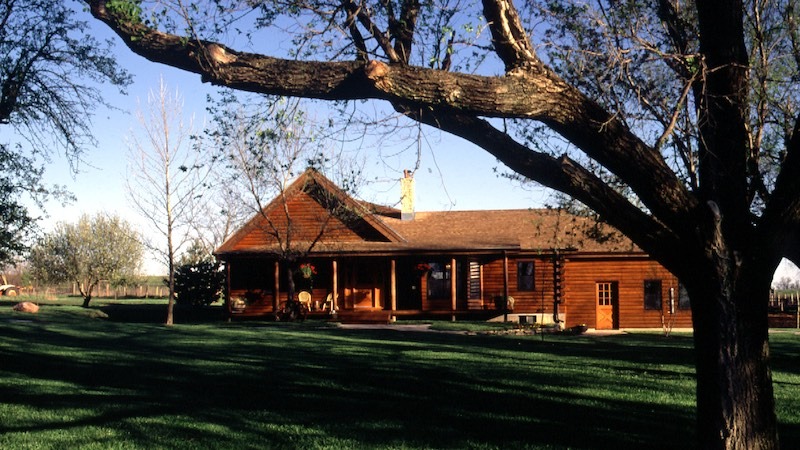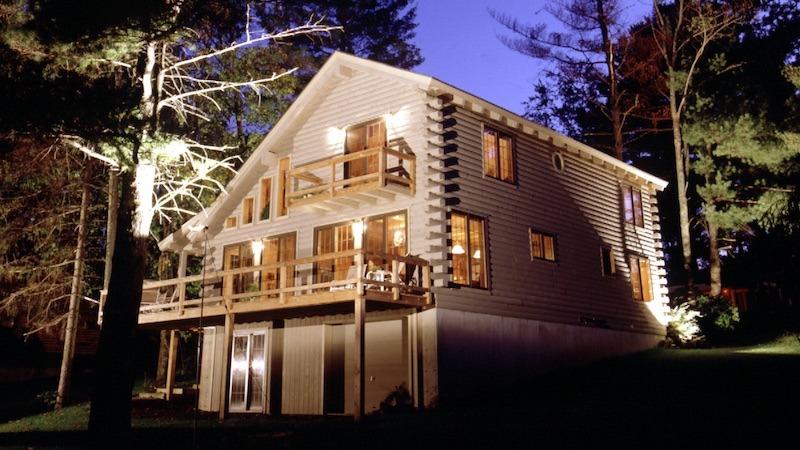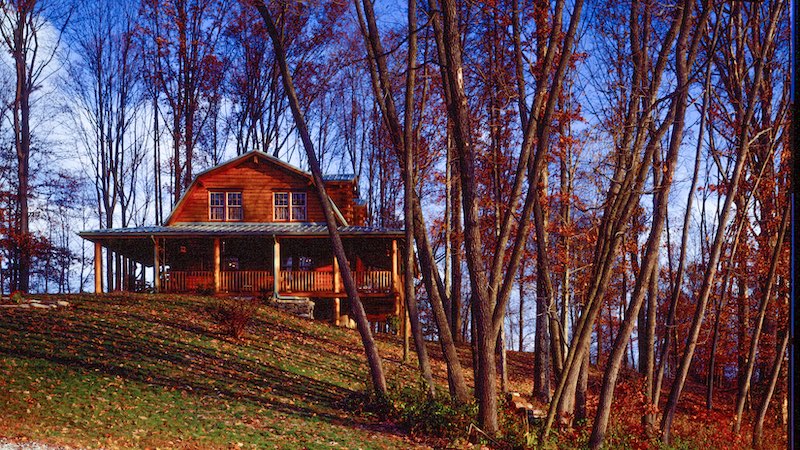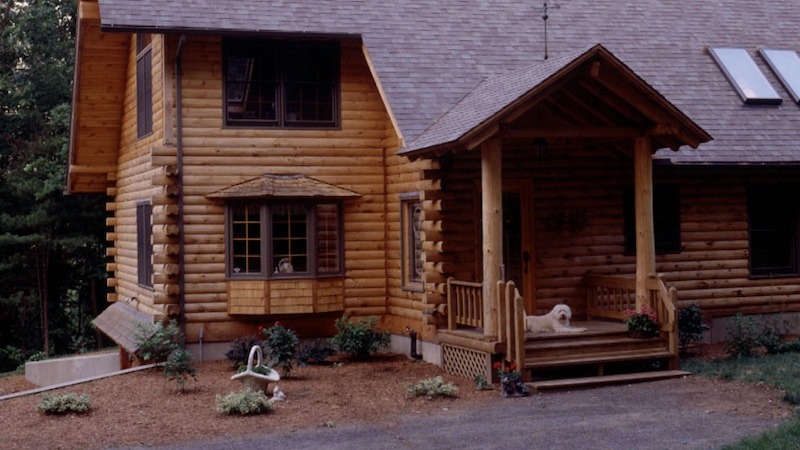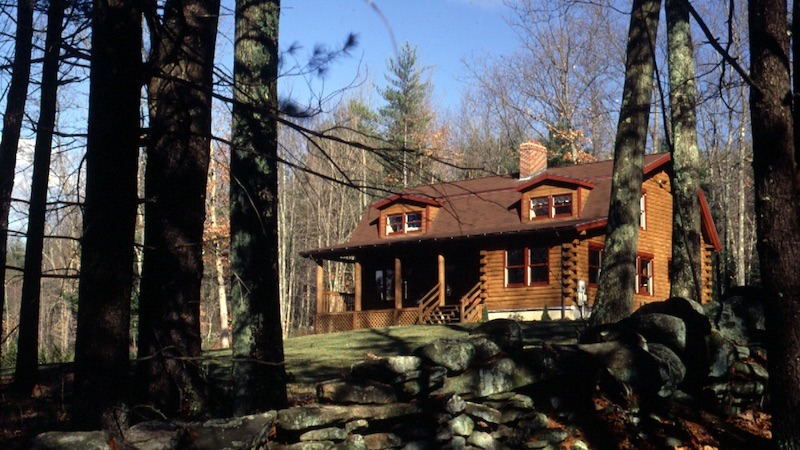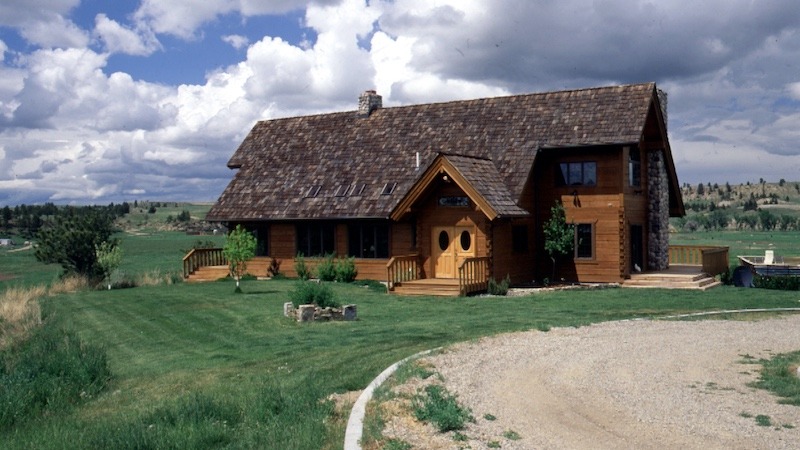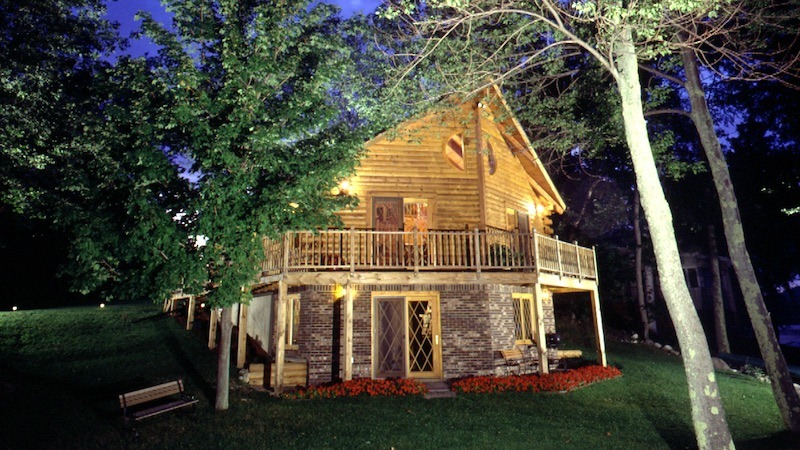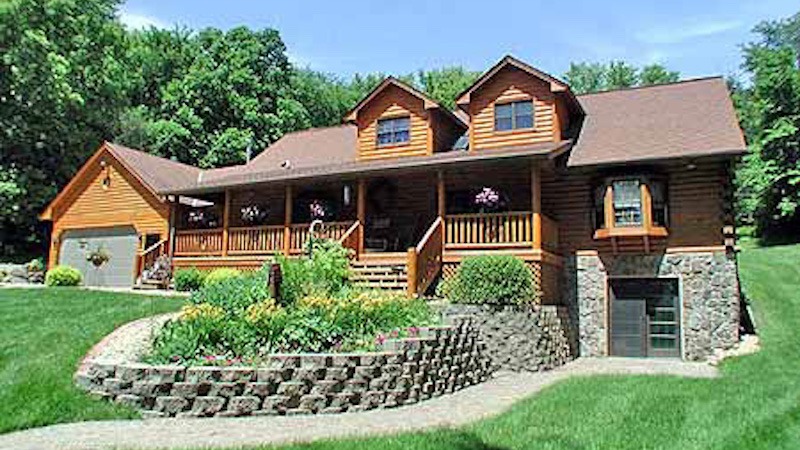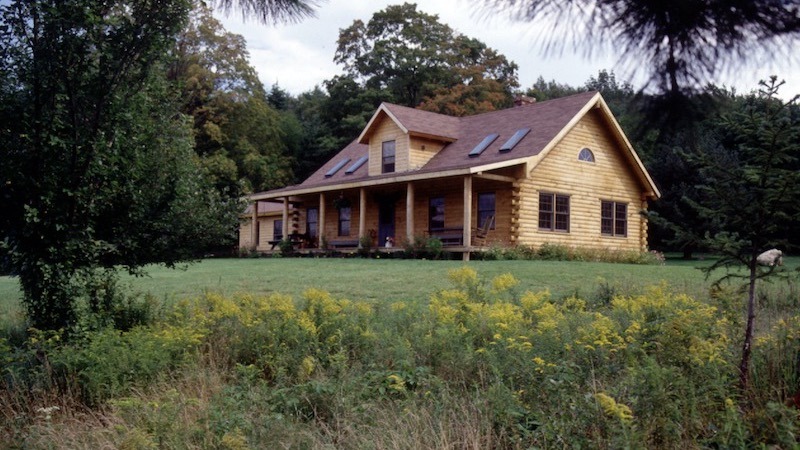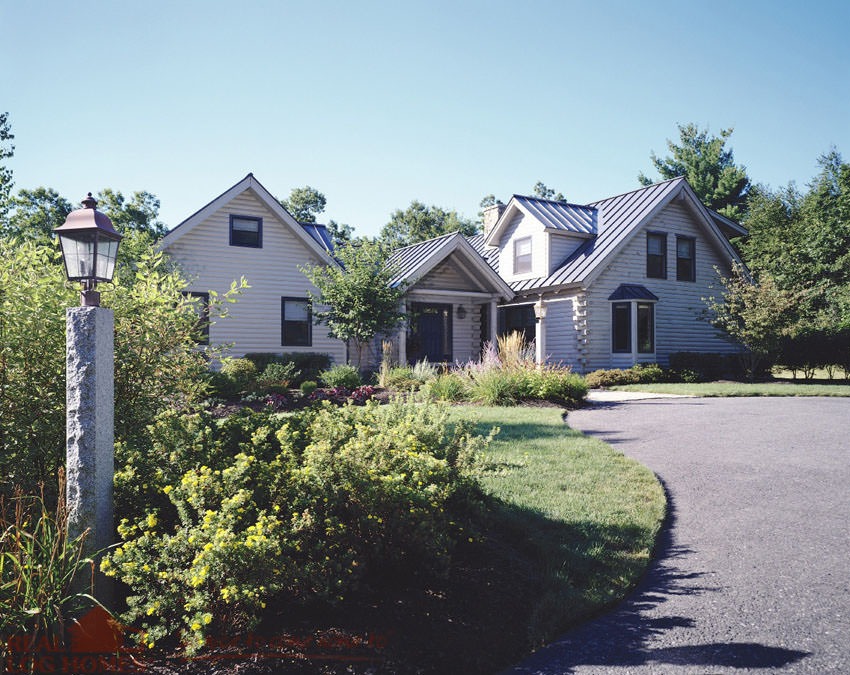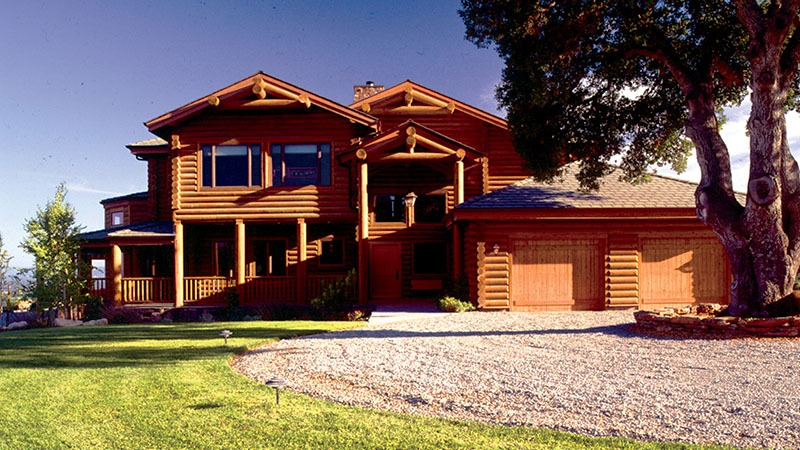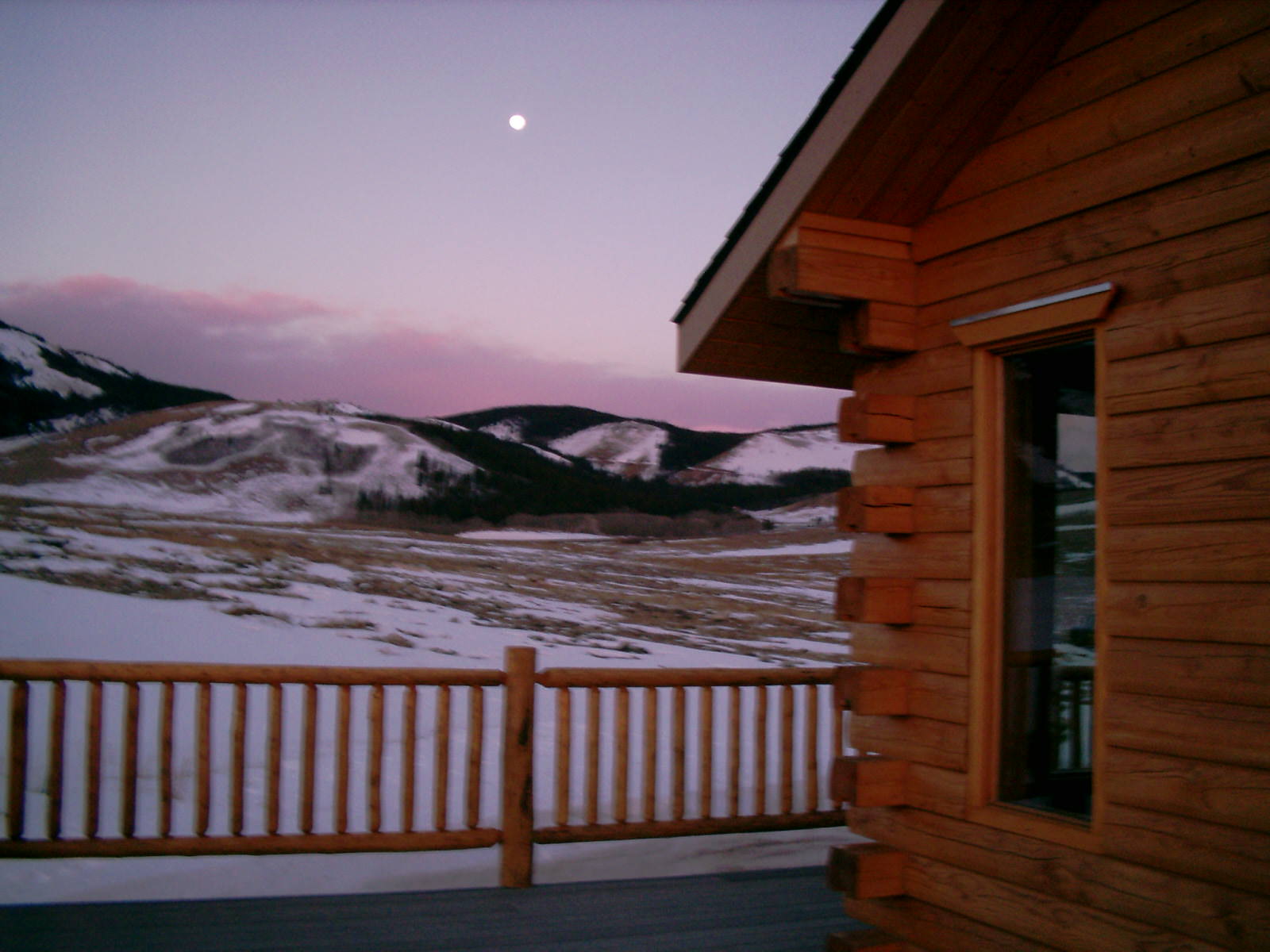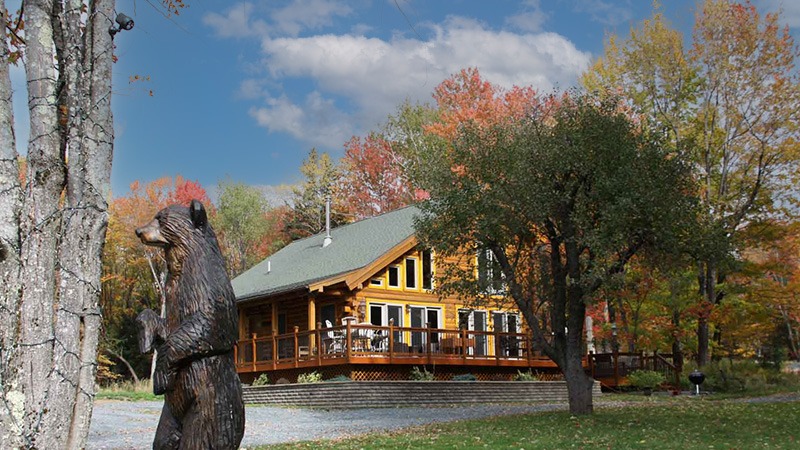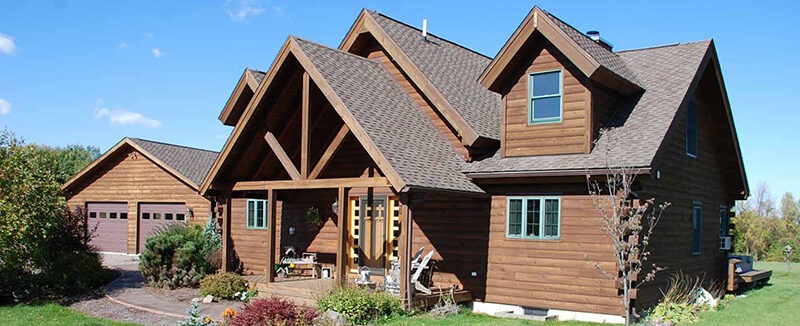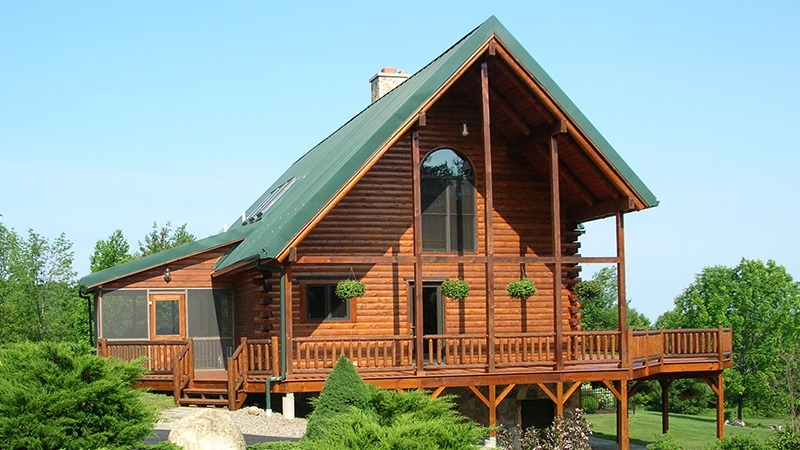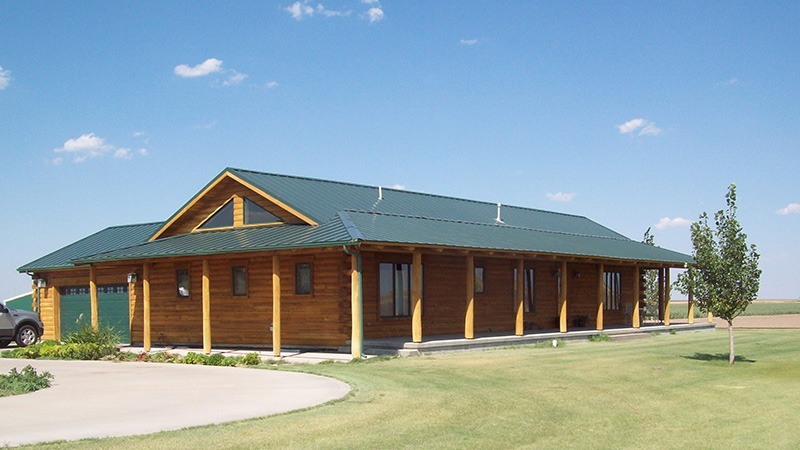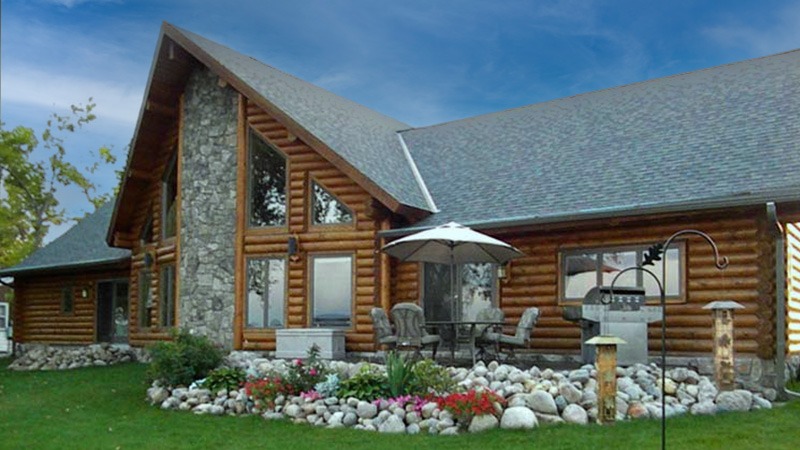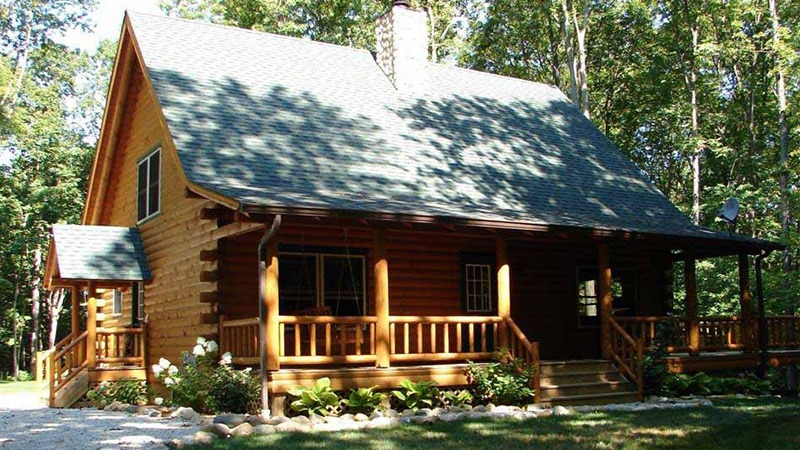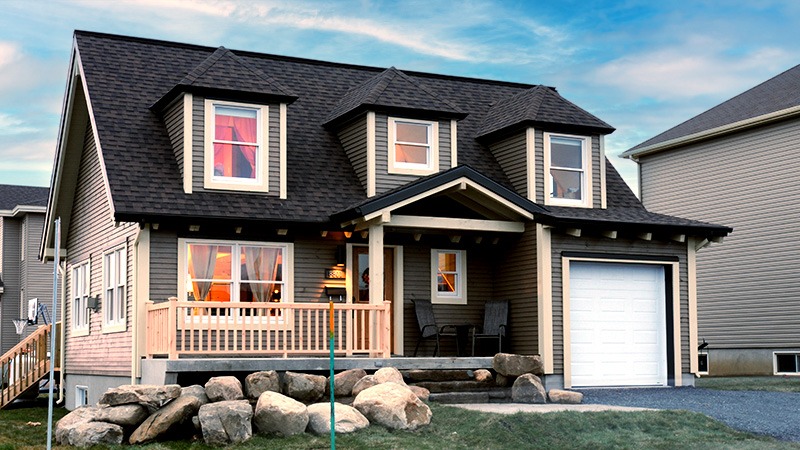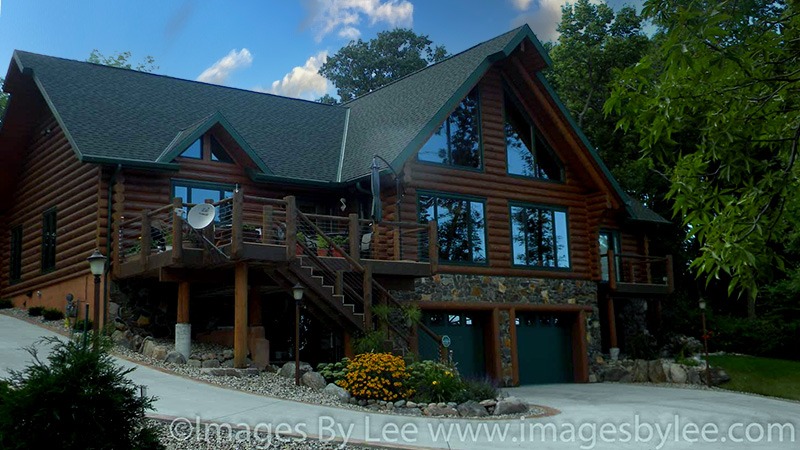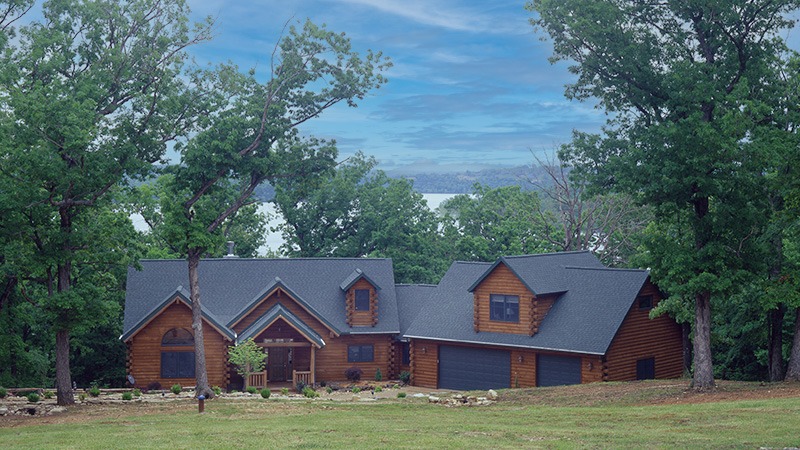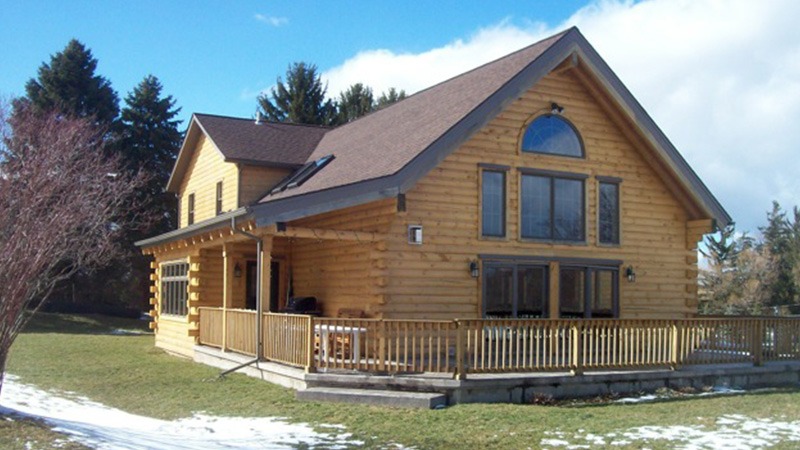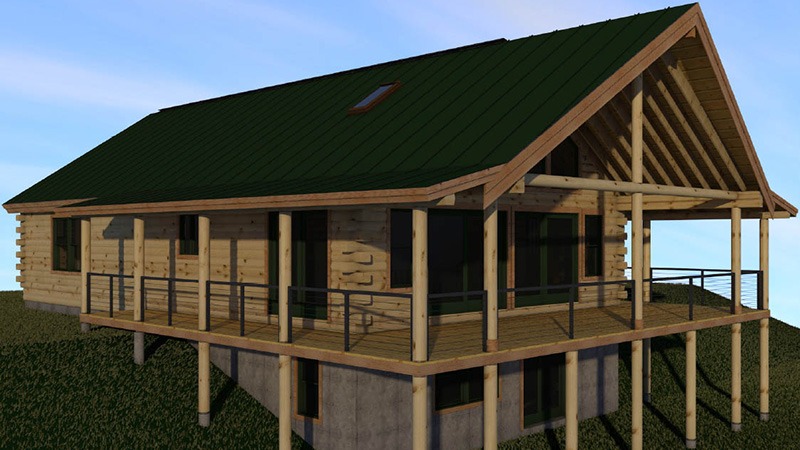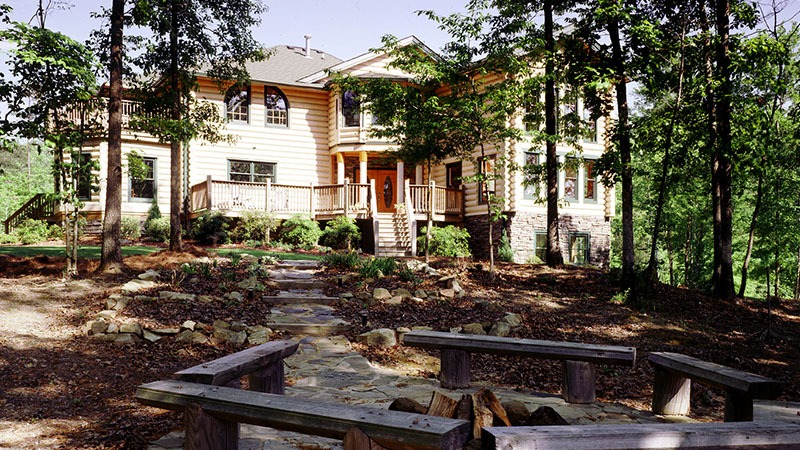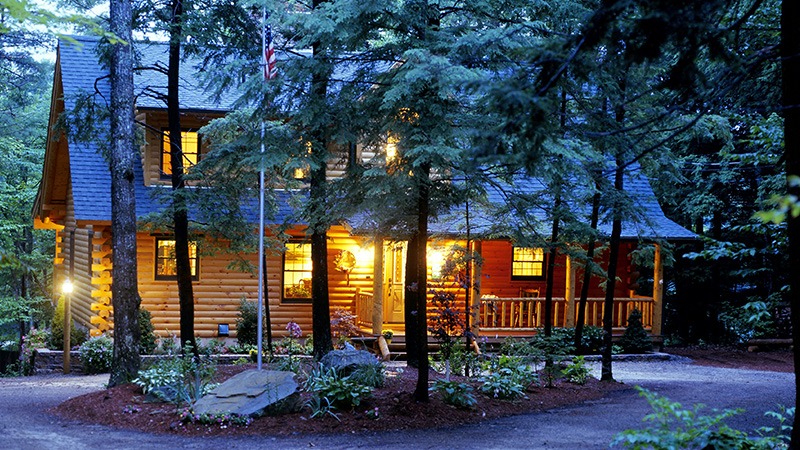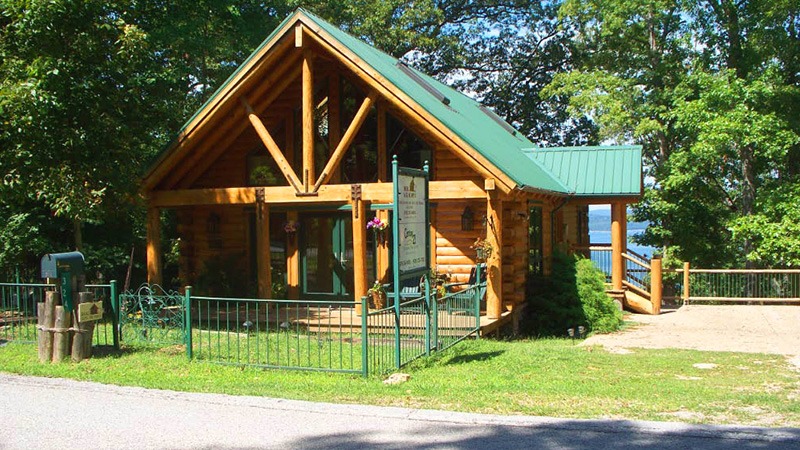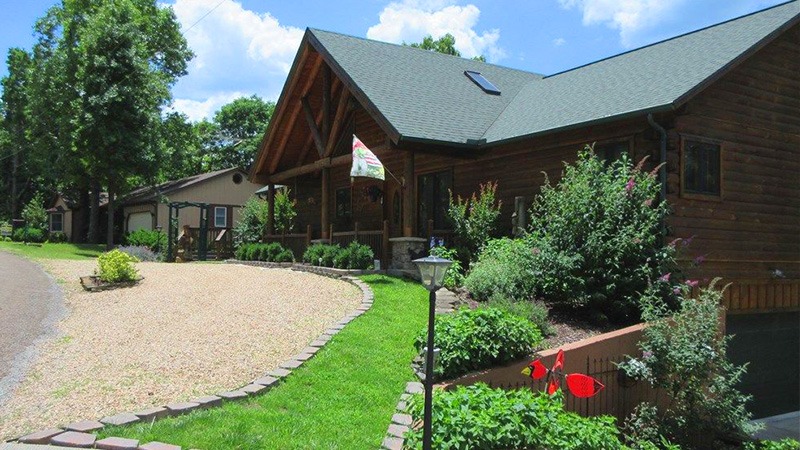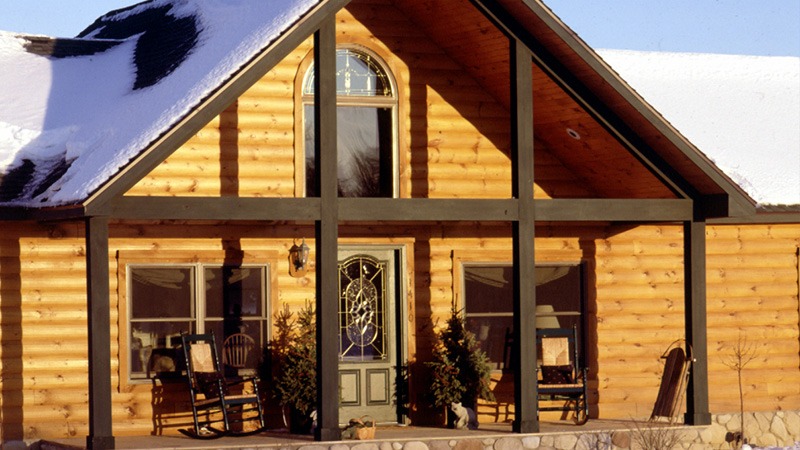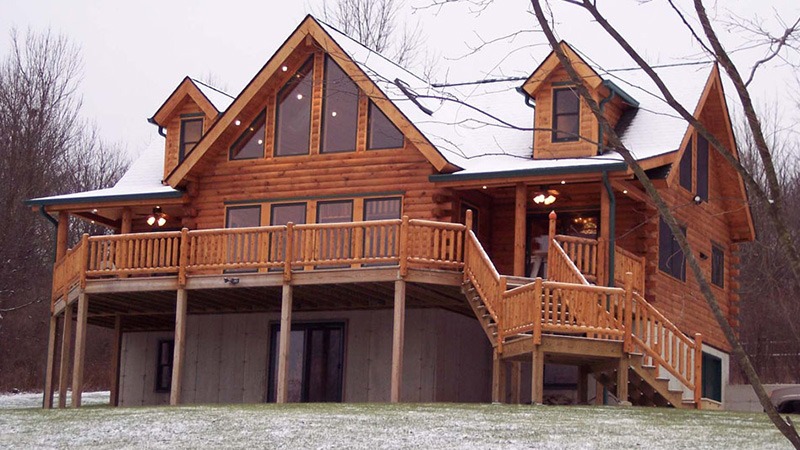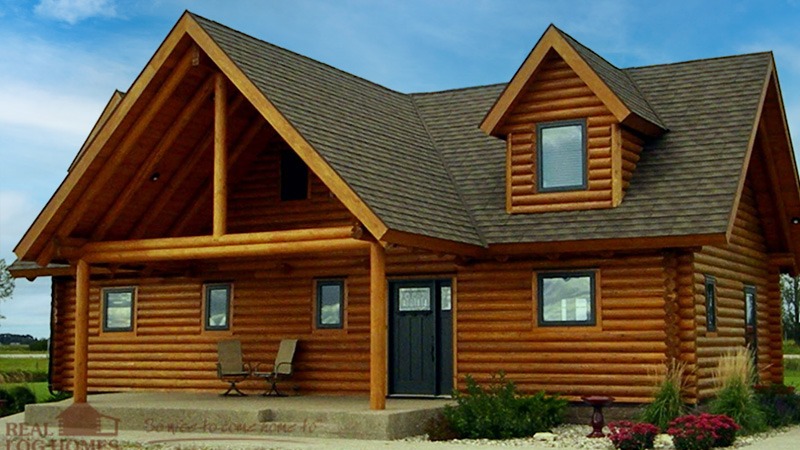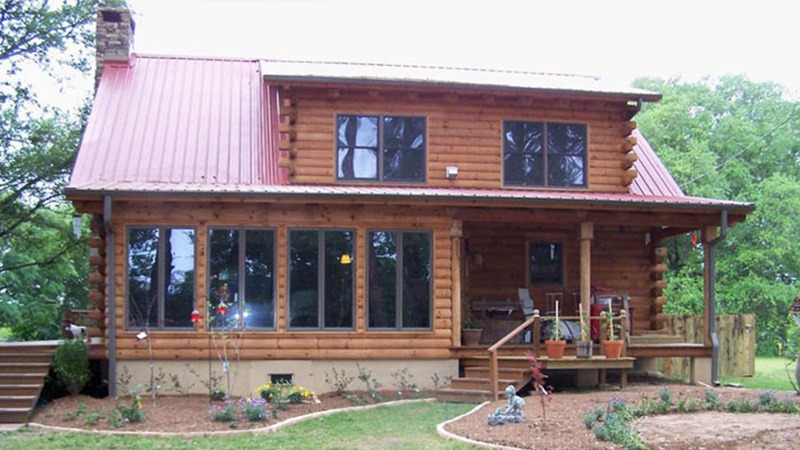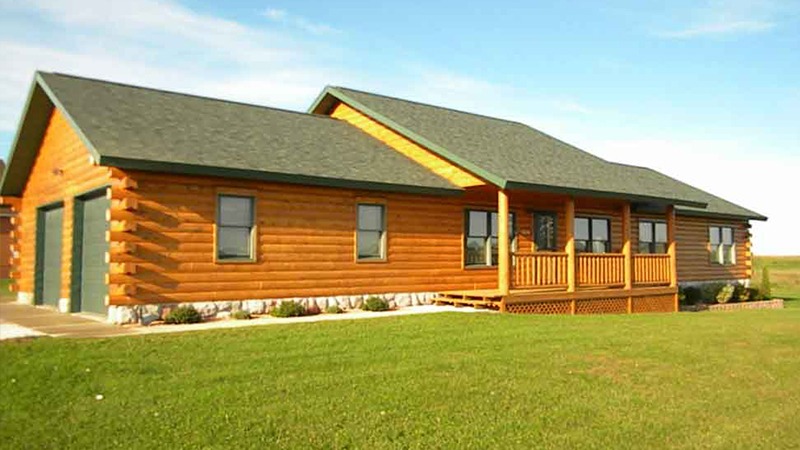One of the great features we like about log homes is their permanence. Some of the oldest homes in the country and world are log homes, and maintained properly a Real Log Home can last for many generations. While your home may last for this long, obviously appliances like water heaters do not. Right now is a time when water heaters work the hardest, since water temperatures are at their lowest. So, with all your holiday guests this year, could your water heater keep up? If not, and you’ve decided to upgrade your water heater, here are a few points to consider.
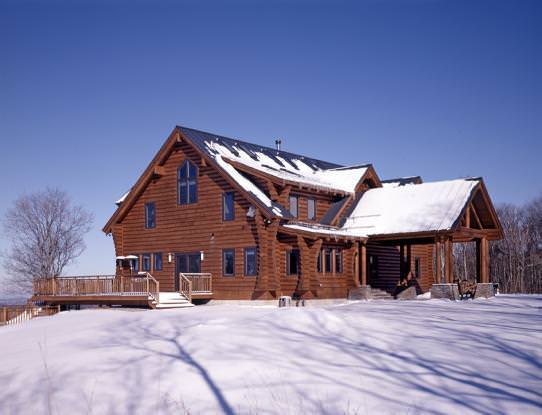
The main choice most homeowners will make is between a traditional tank water heater or a tankless model. Although tankless water heaters are increasingly popular, tank water heaters still have their advantages. The primary advantage is upfront cost, since a standard 50-gallon tank water heater is typically one half to a quarter the price of a tankless model that would serve the same home. Tank heaters also have a disadvantage in running cost, and may use about 50% more energy than a tankless model. Nevertheless, a new tank water heater can still be substantially more efficient than the old model it is replacing.
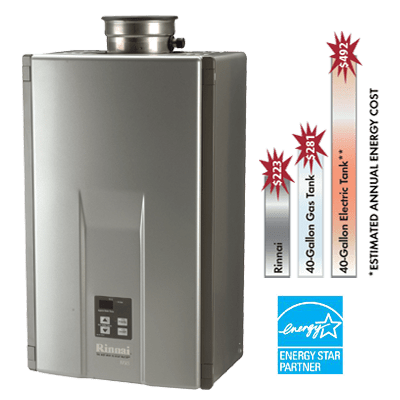
Tankless water heaters will never run out of hot water, but they have a maximum rate at which they can provide hot water. When sizing a tankless heater, make sure to use a temperature rise and flow rate appropriate for your home. For example, if your ground water is 50 degrees and you want to heat the water to 120 degrees while two people take showers that use 2.5 gallons per minute, make sure your model can supply at least 5 gallons per minute at a 70-degree temperature rise. Also, tankless water heaters use energy at a much faster rate than tank heaters, so you should make sure your gas supply is large enough to effectively feed your new heater.
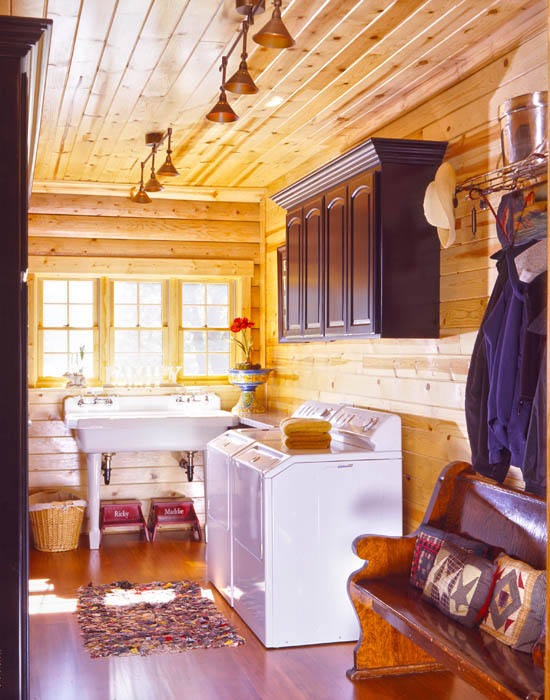
Unlike a tankless system, a tank heater stores the water at temperature and uses a less powerful burner or heating element to reheat the water. This means that the typical 50-gallon tank can provide water for the equivalent of thirty minutes’ worth of showers before it runs out of hot water and takes an hour to heat back up. With three people taking showers at the same time, you could run out of water in ten minutes! The usual solution to this problem with a tank heater is to install a larger tank, and some newer tank heaters provide about twice the heating capacity of older models. Also, you can set the water heater to a higher temperature and use a thermostatic mixing (or tempering) valve at the tank output to provide you with more hot water capacity without risking burns from excessive faucet temperature.
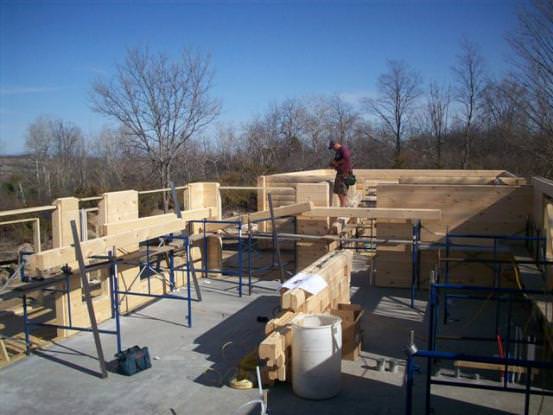
If your house uses hydronic (e.g. baseboard water or radiant) heating, then usually the same boiler that heats your house also heats your hot water. This combination boiler system is a great choice, both reducing costs and providing nearly unlimited heat. The hot water tank is essentially just a tank, and is therefore inexpensive to replace. Since your house boiler needs to provide heat to your whole house, it also has enough heat output for even demanding water heating tasks. Upgrading your boiler can simultaneously increase your heating and hot water efficiency.
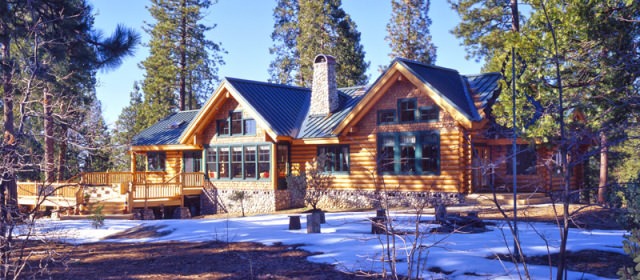
Of course, if you’re looking to add features like radiant heat and tankless heaters, it is far easier to design these into a new home than retrofit into an existing one. If your post-holiday plans call for a new home, complete with a wonderful hot water system, please contact our experienced staff today.
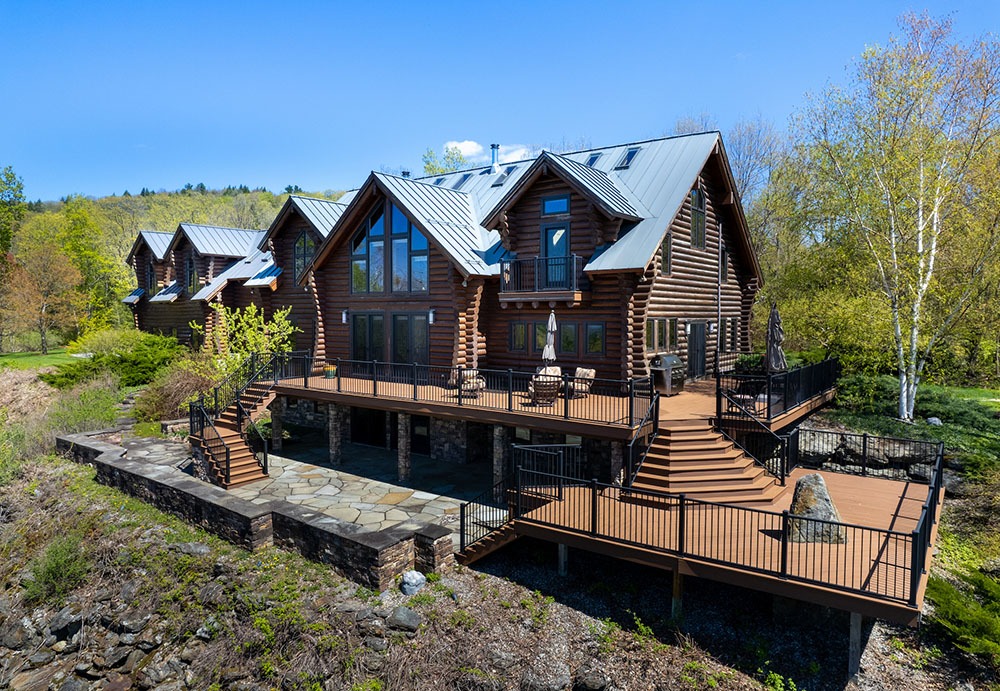
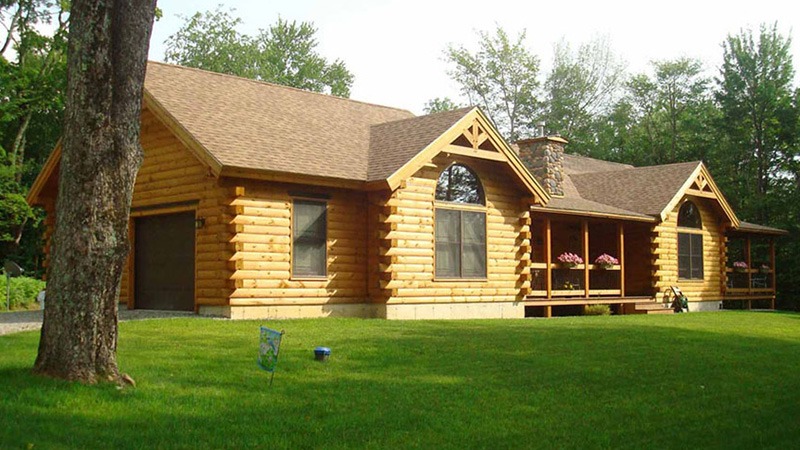
![[KAB-IN] Vermont - Renovated 1972 Real Log Homes Rental Cabin](https://realloghomes.com/wp-content/uploads/2019/03/Cavendish-KAB-IN-Woodstock-VT-51.jpg)
